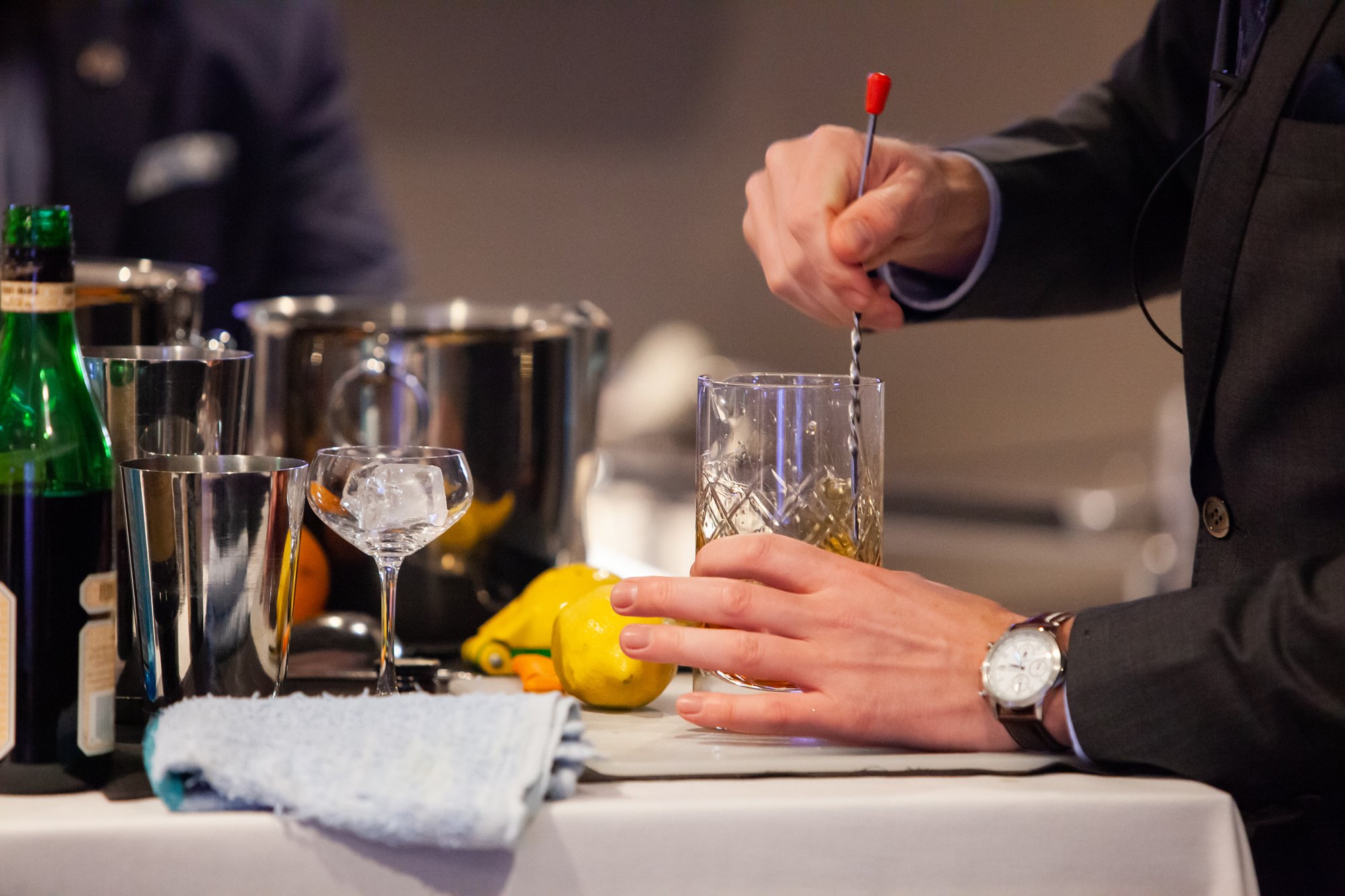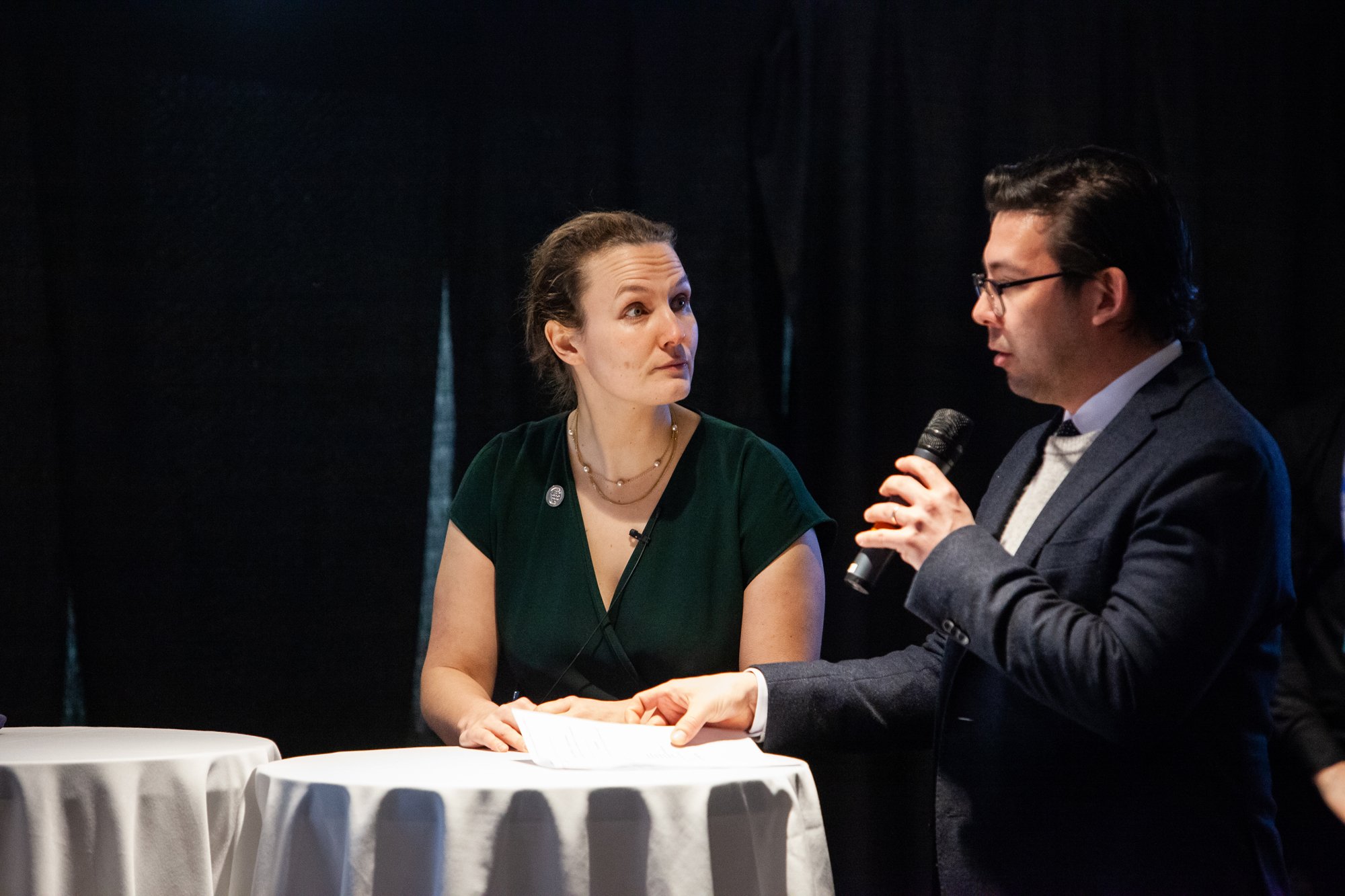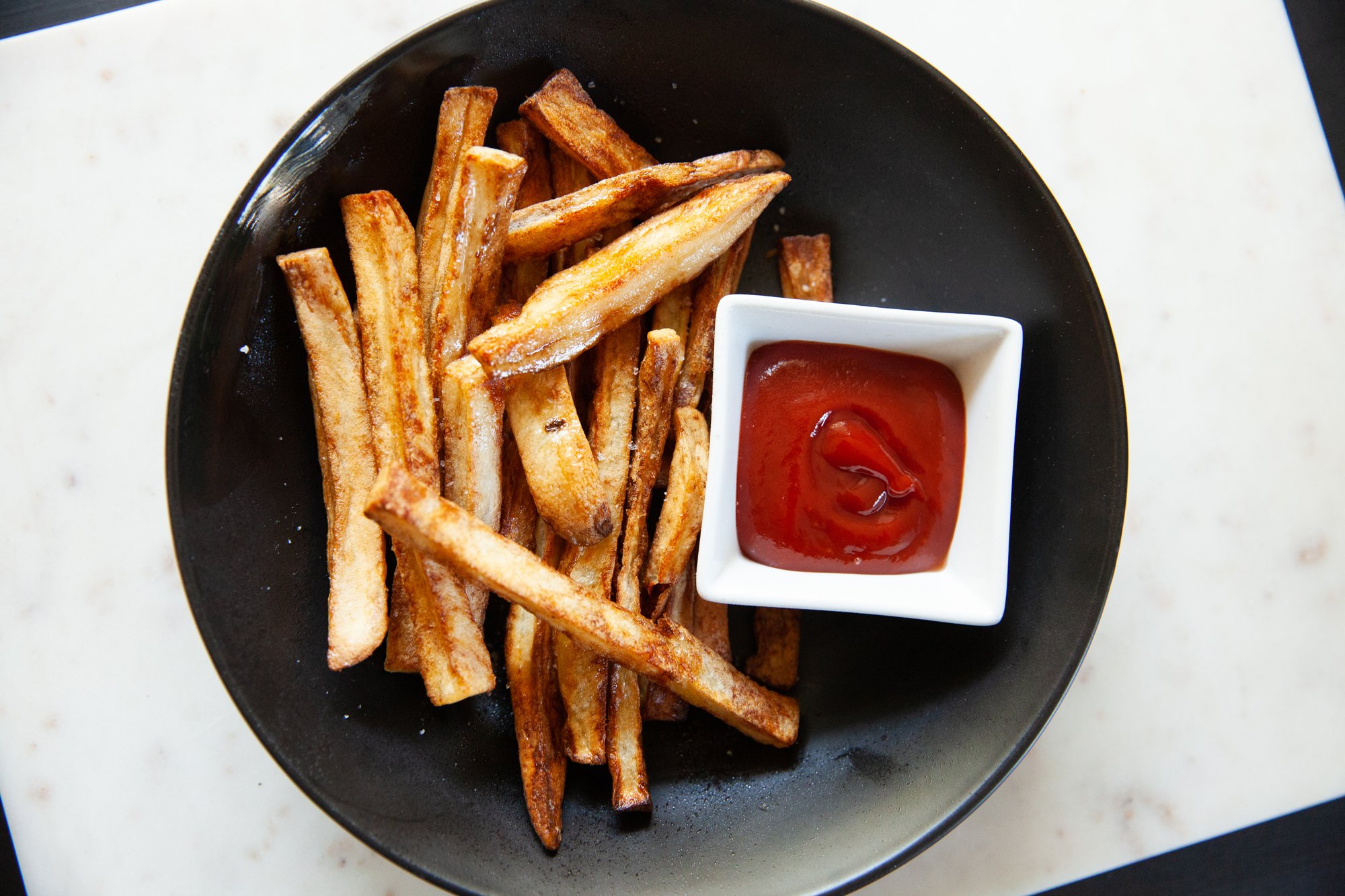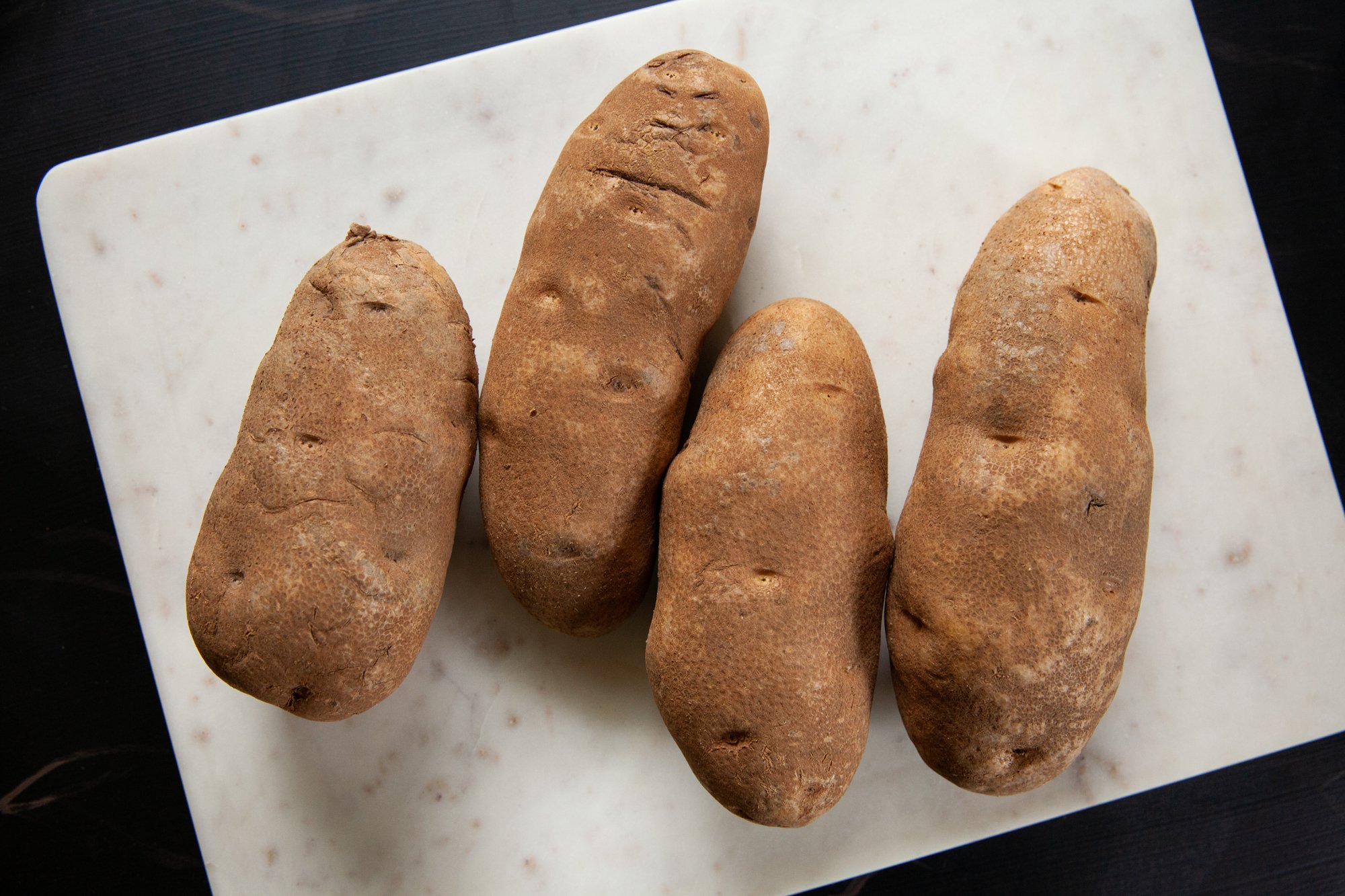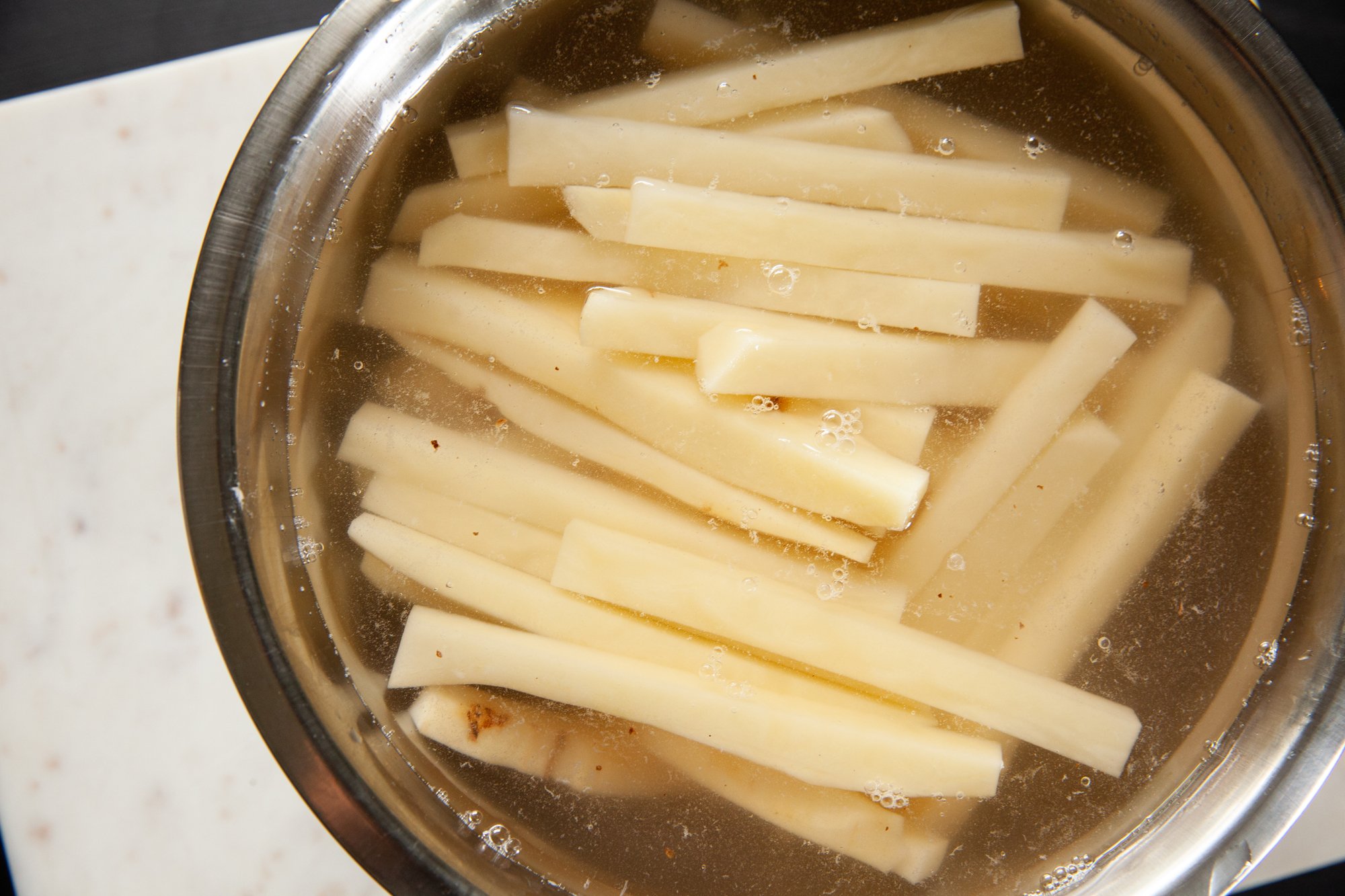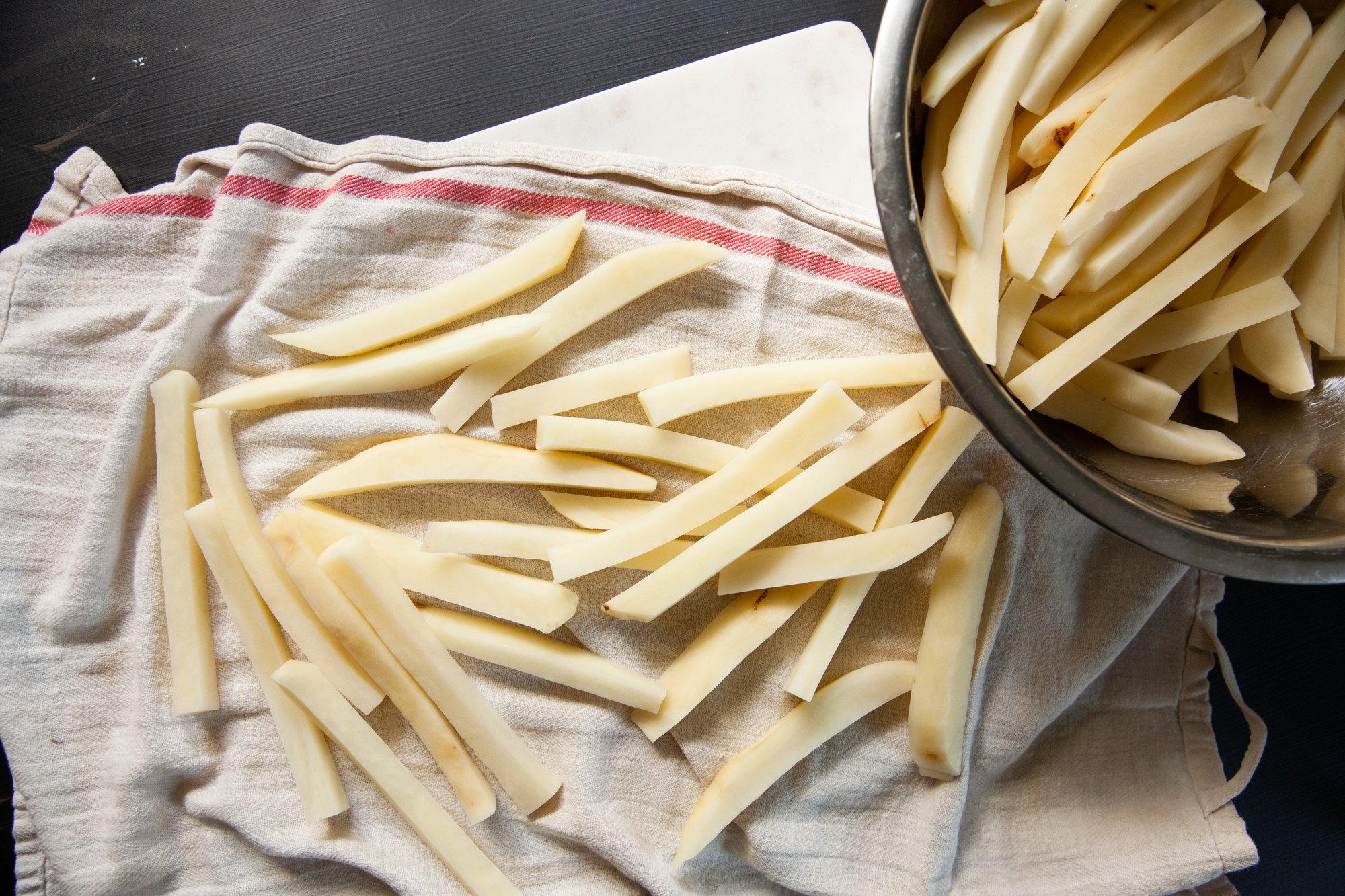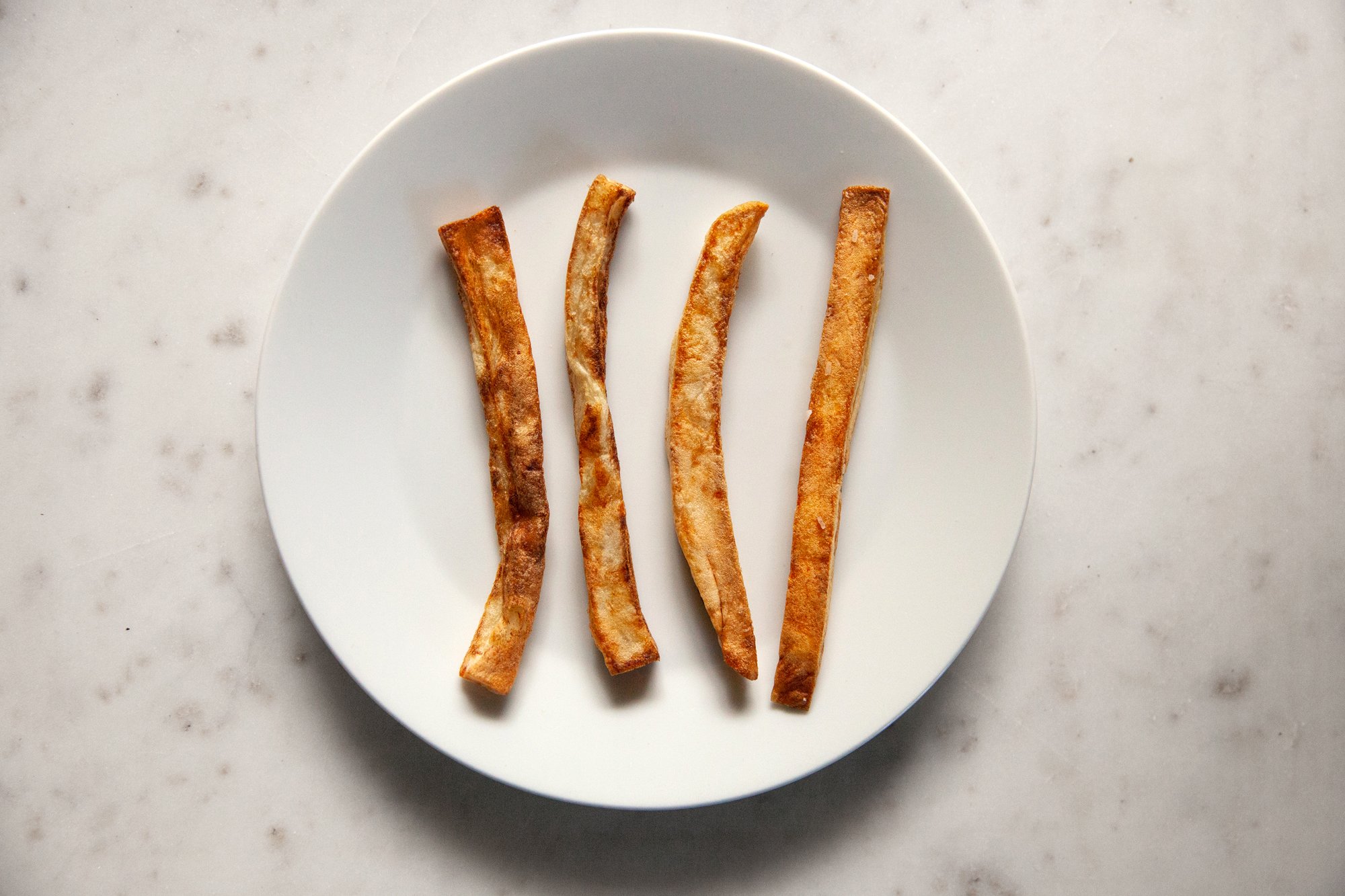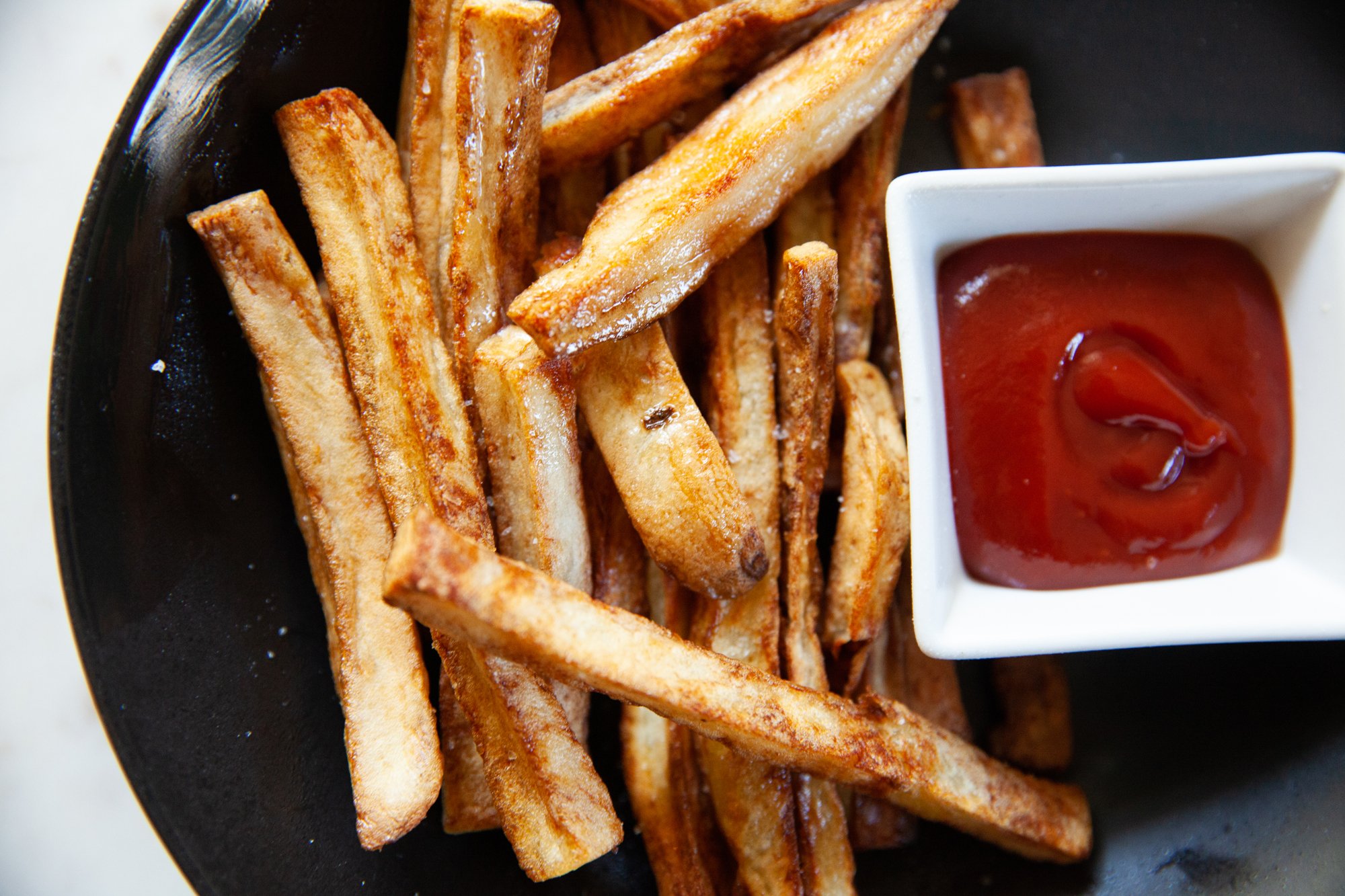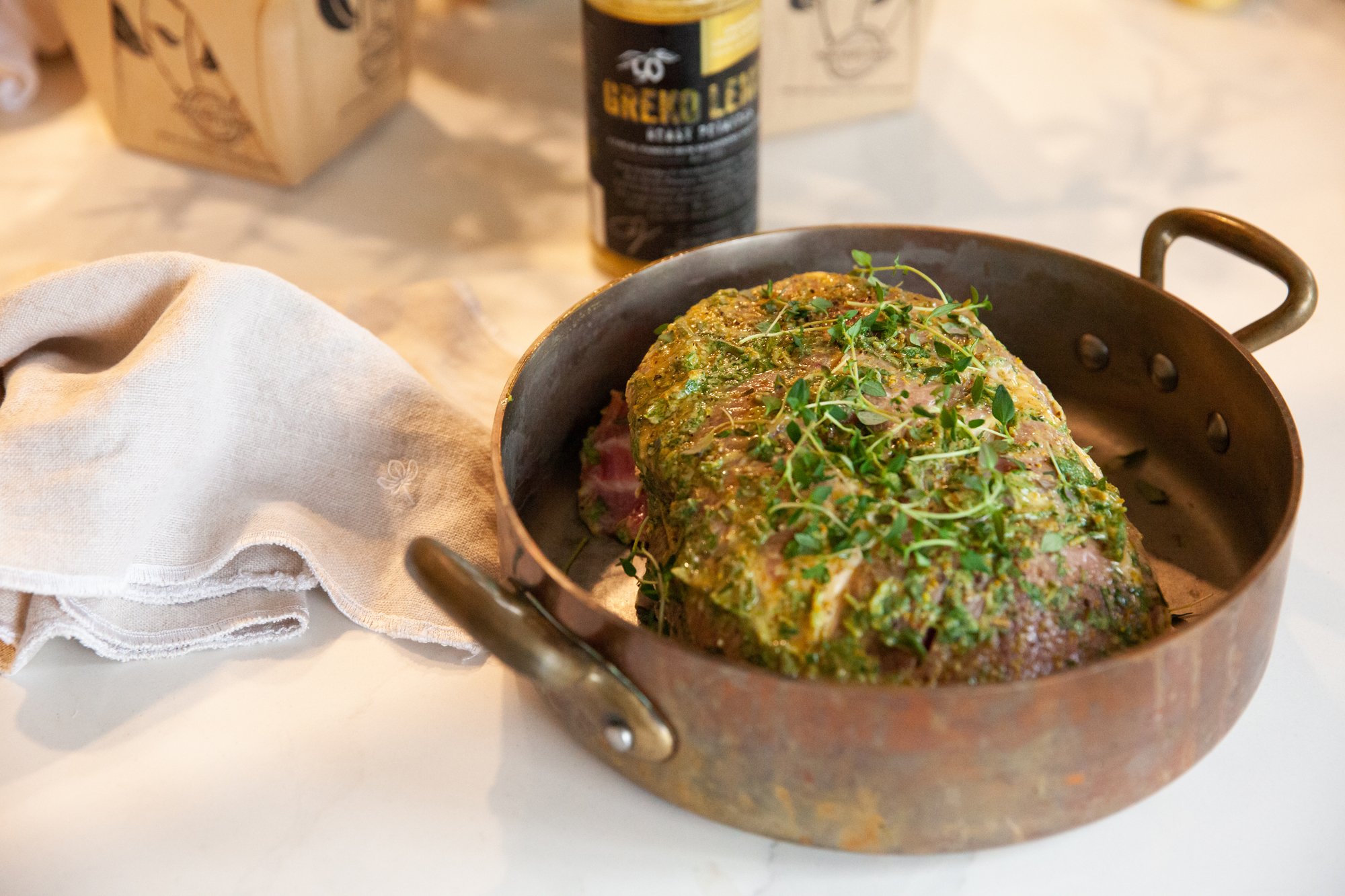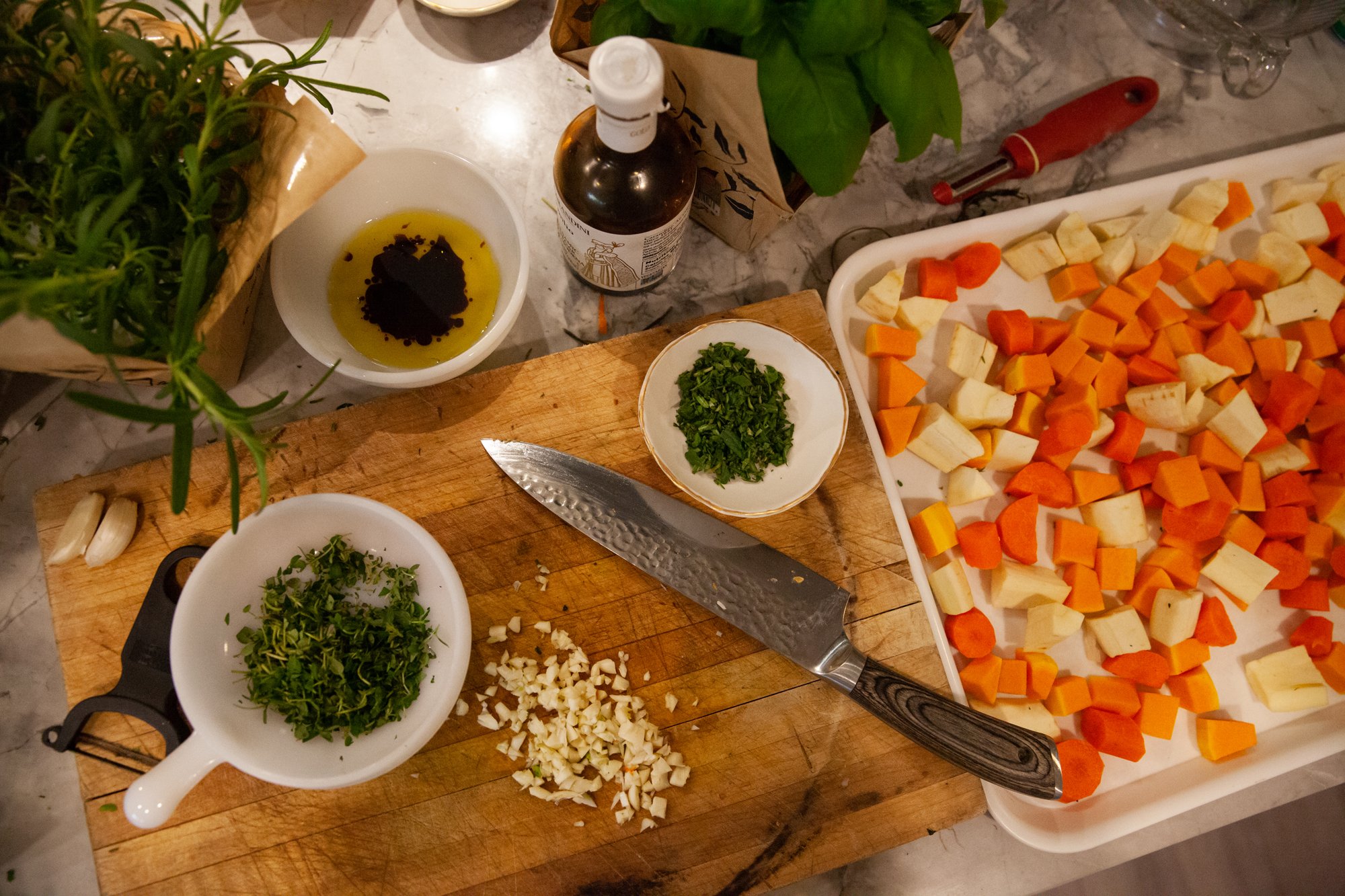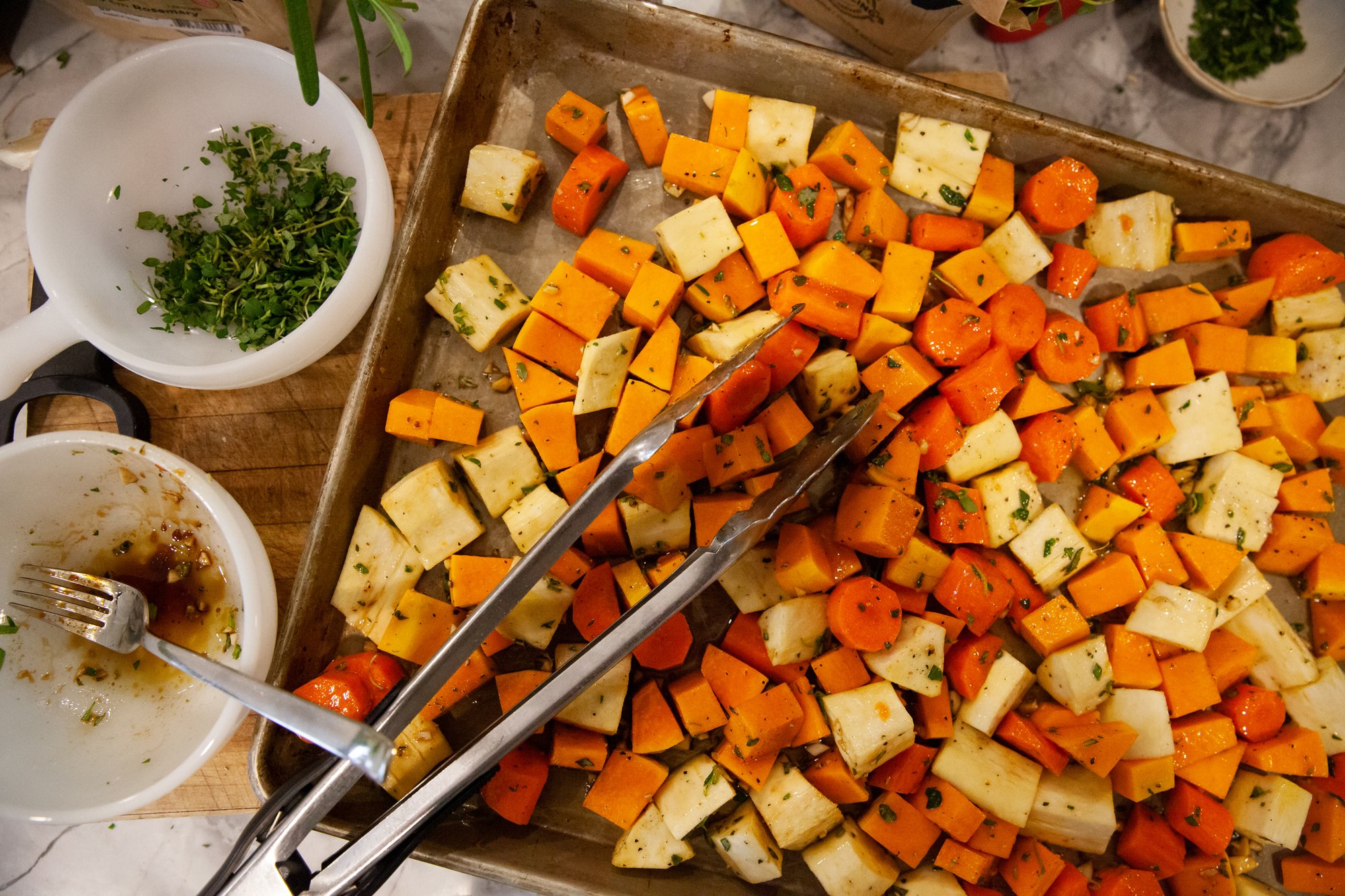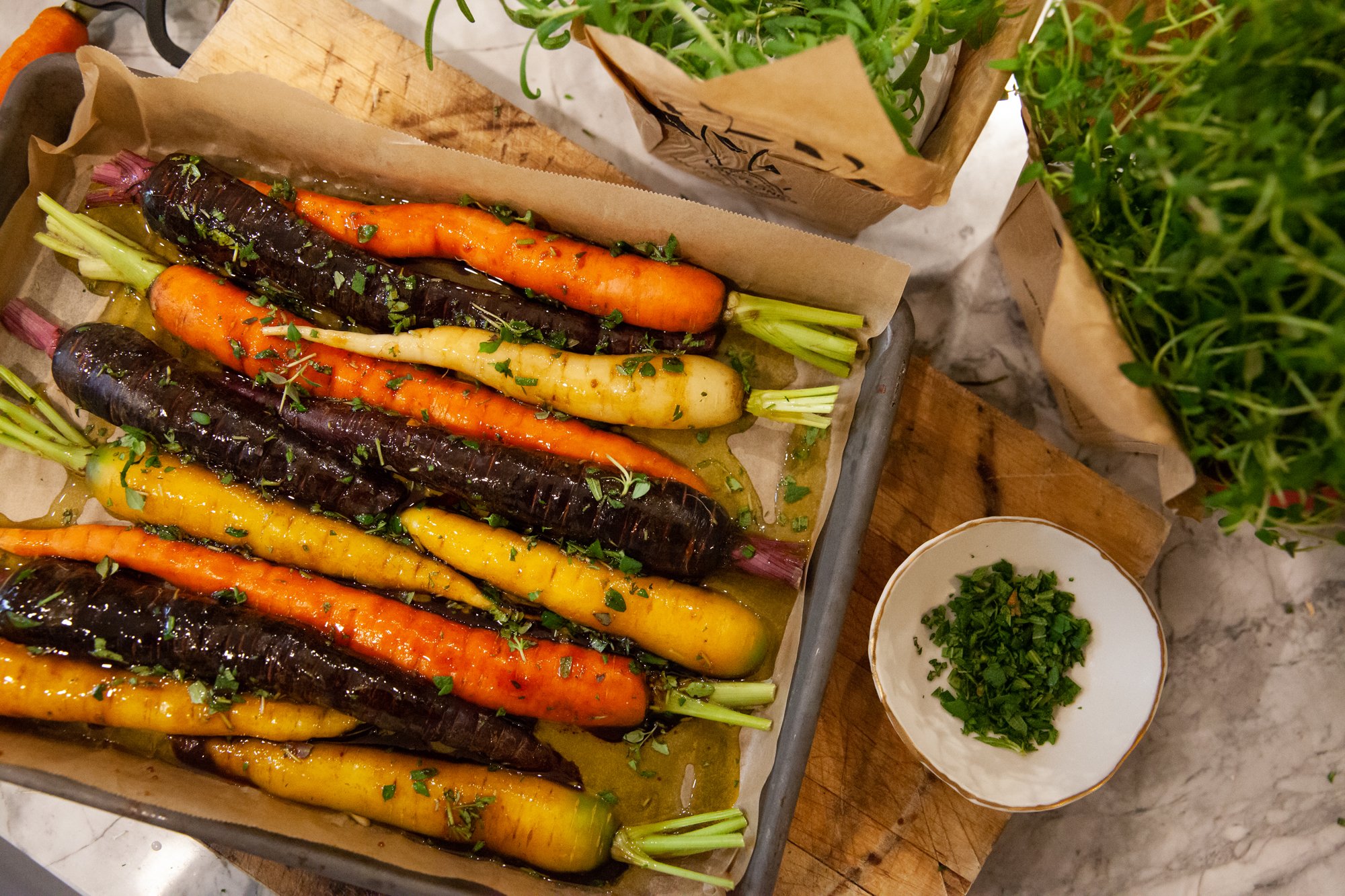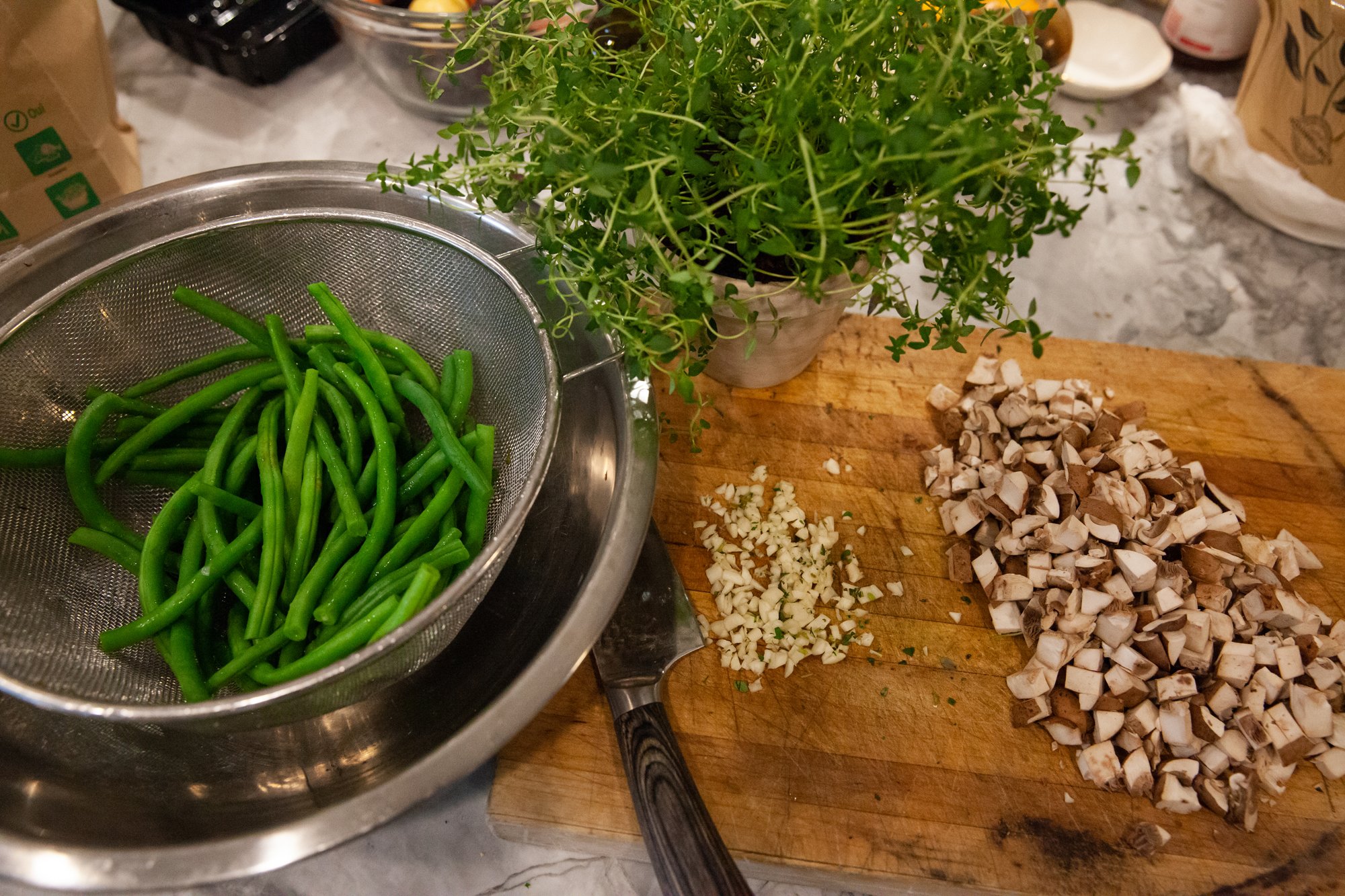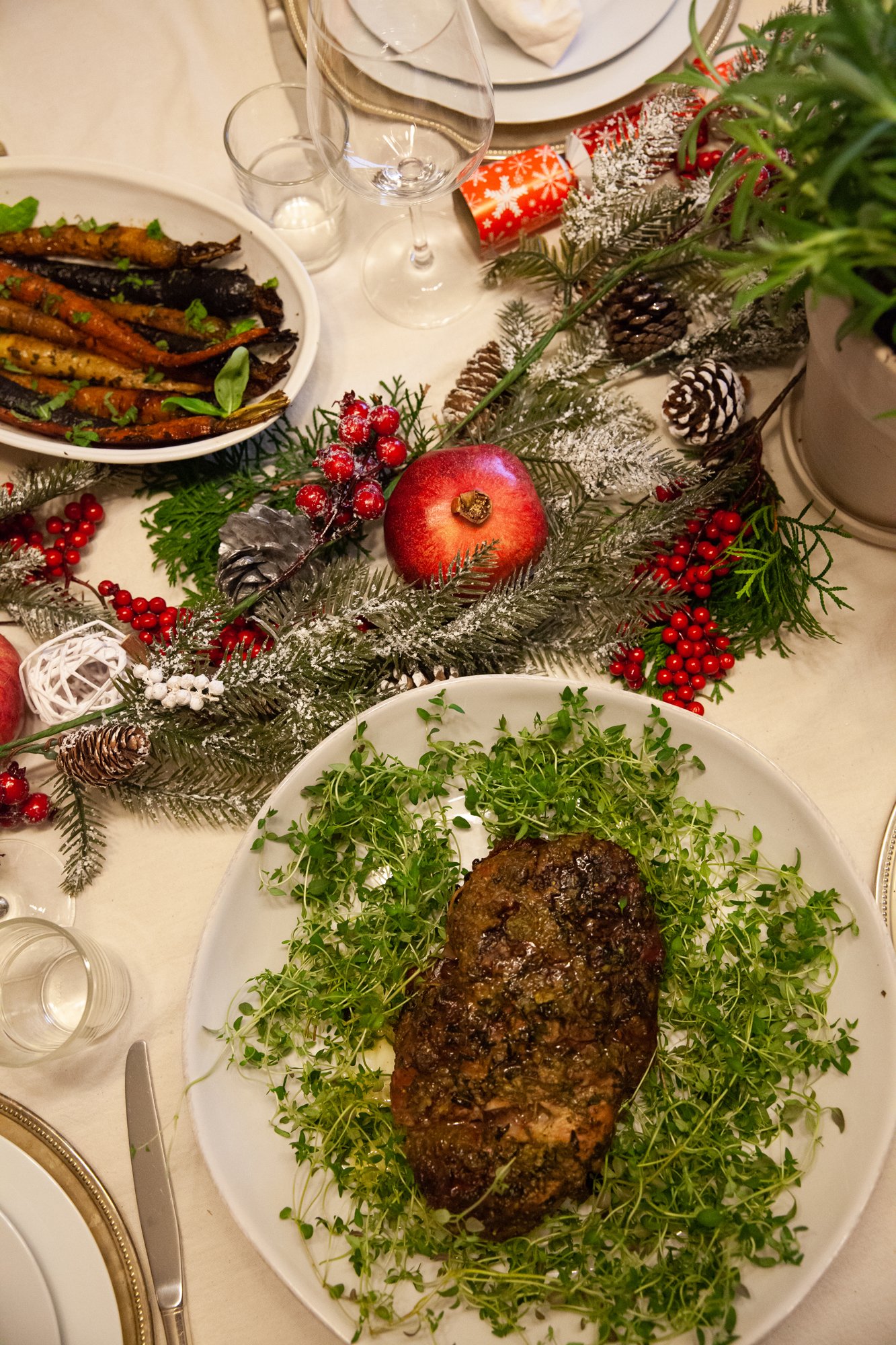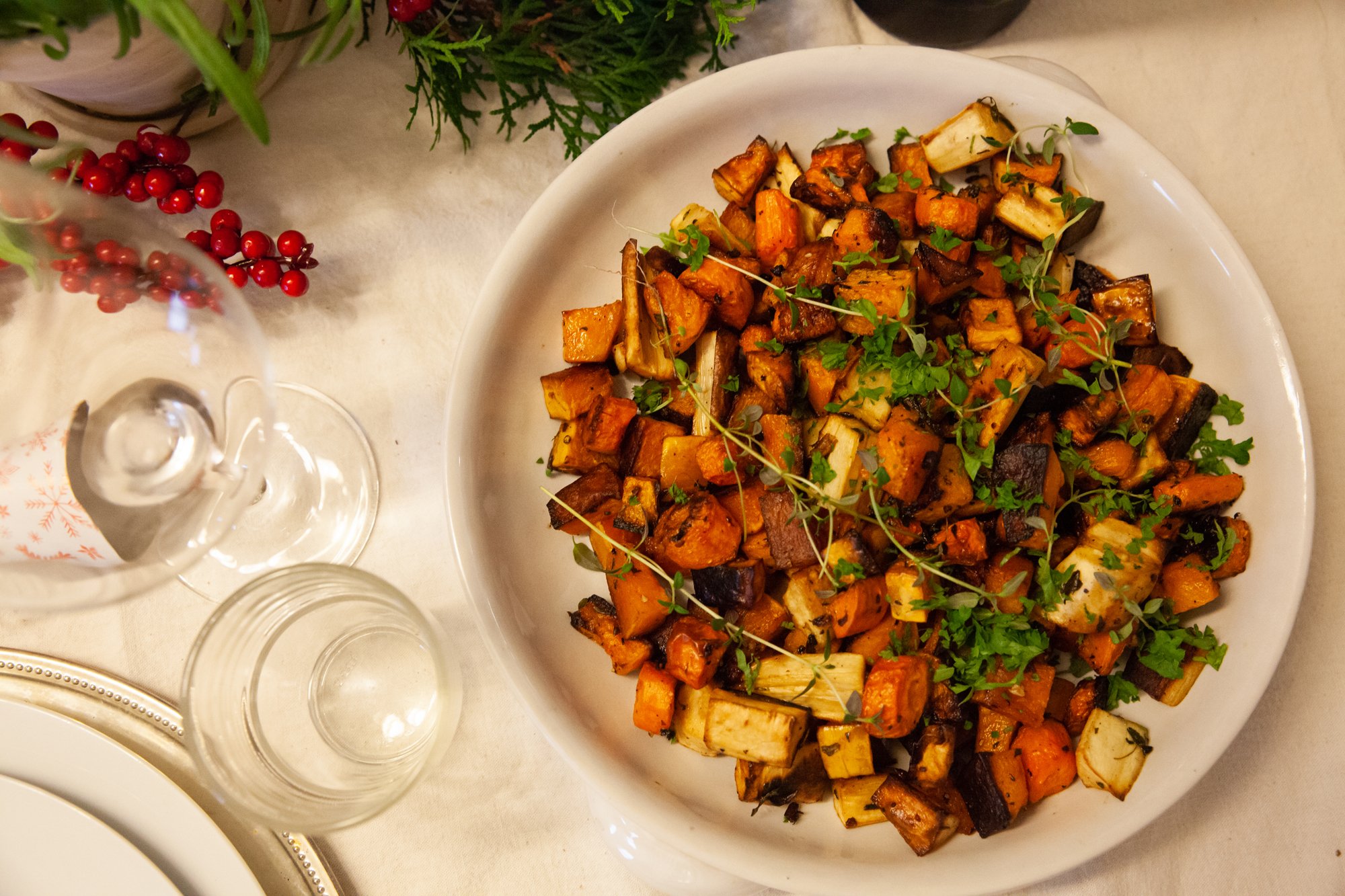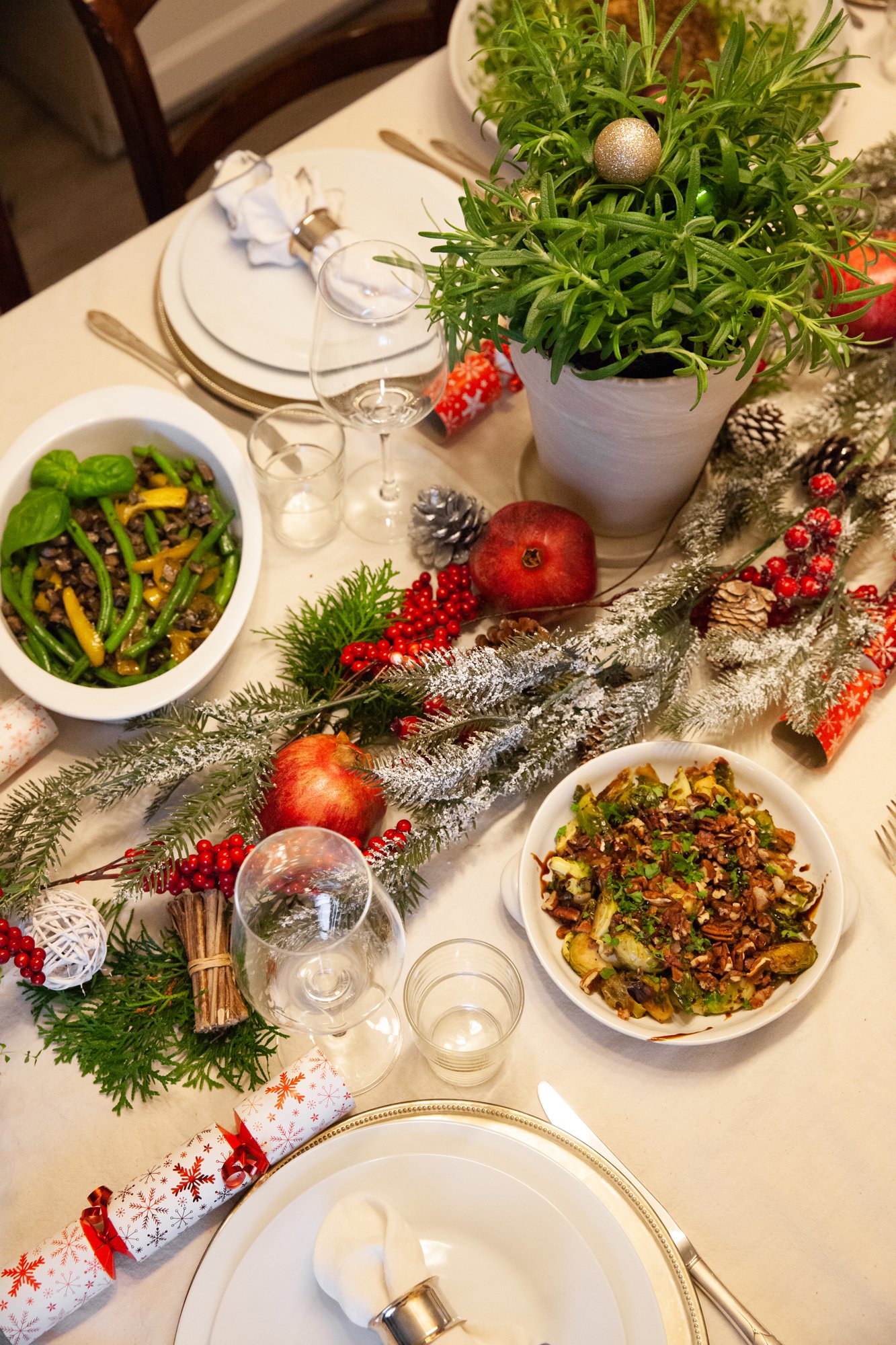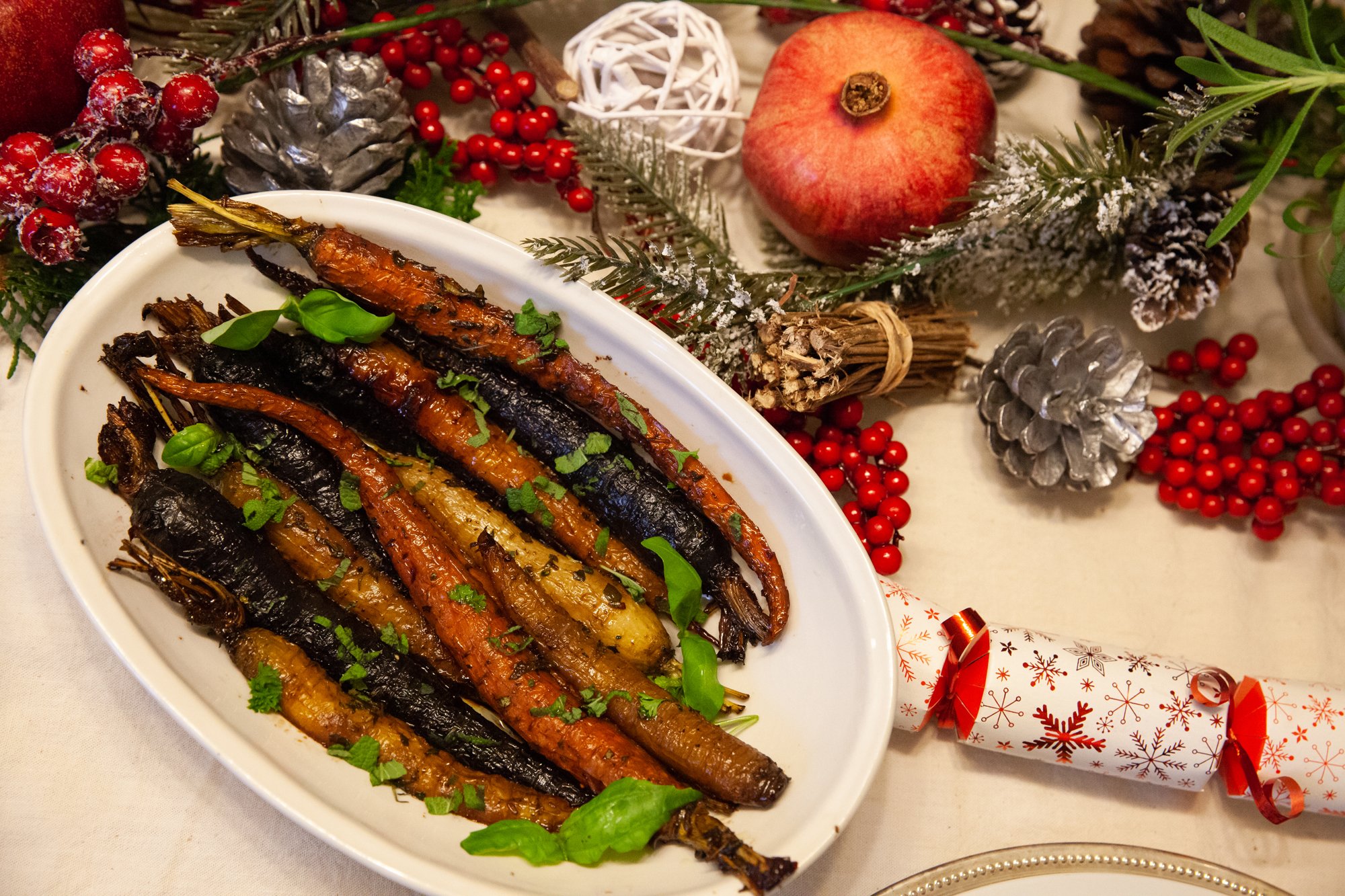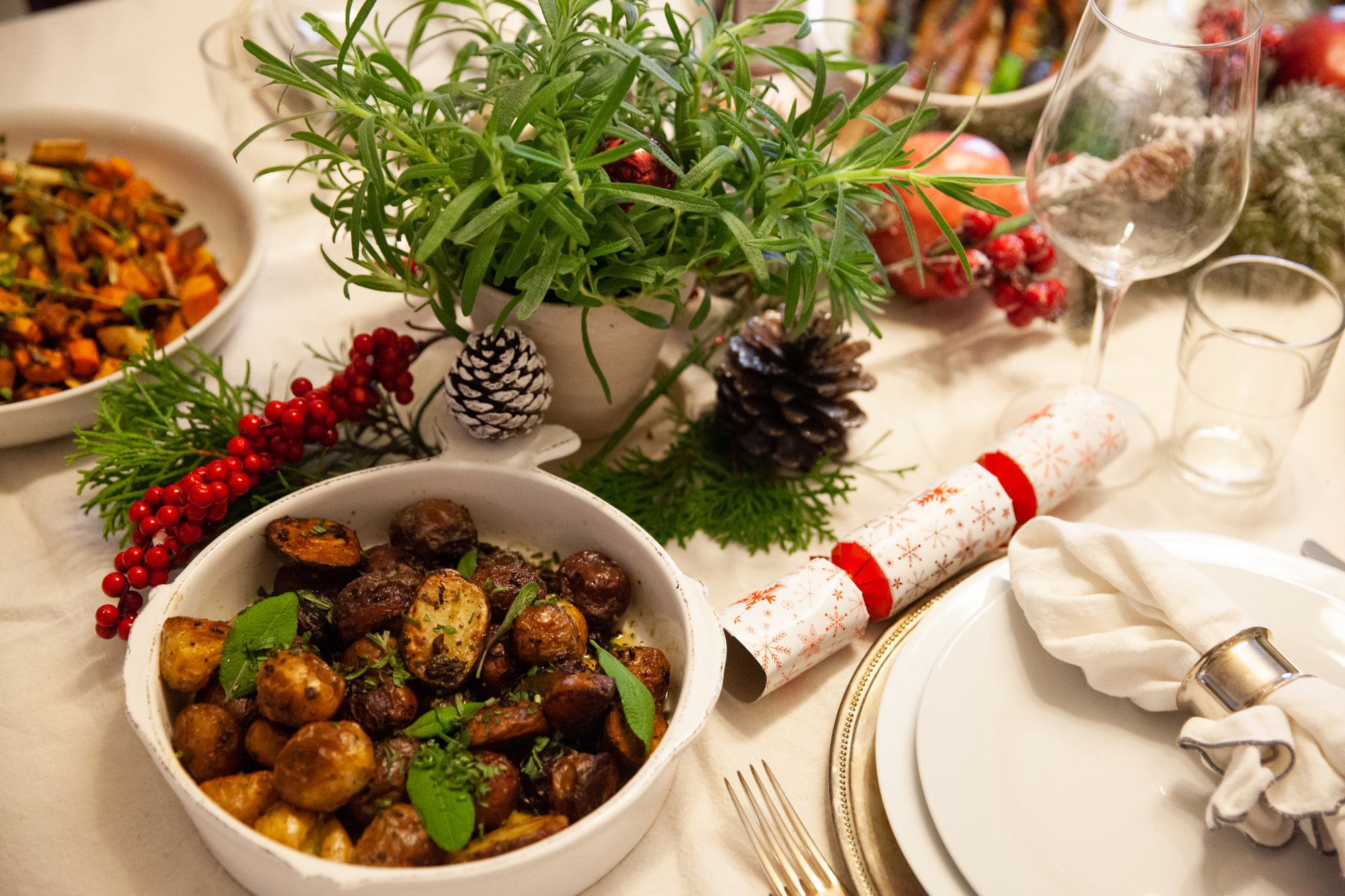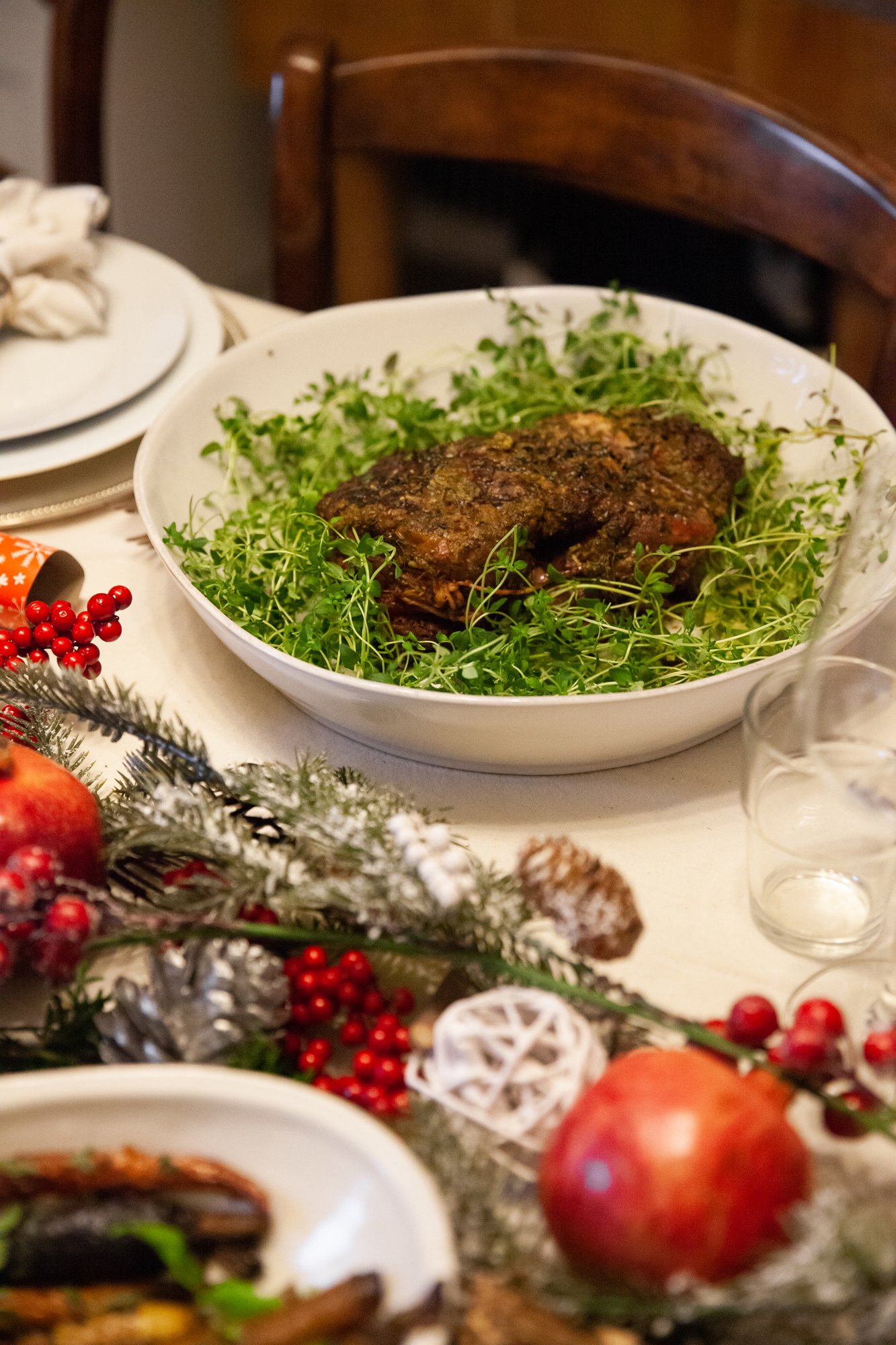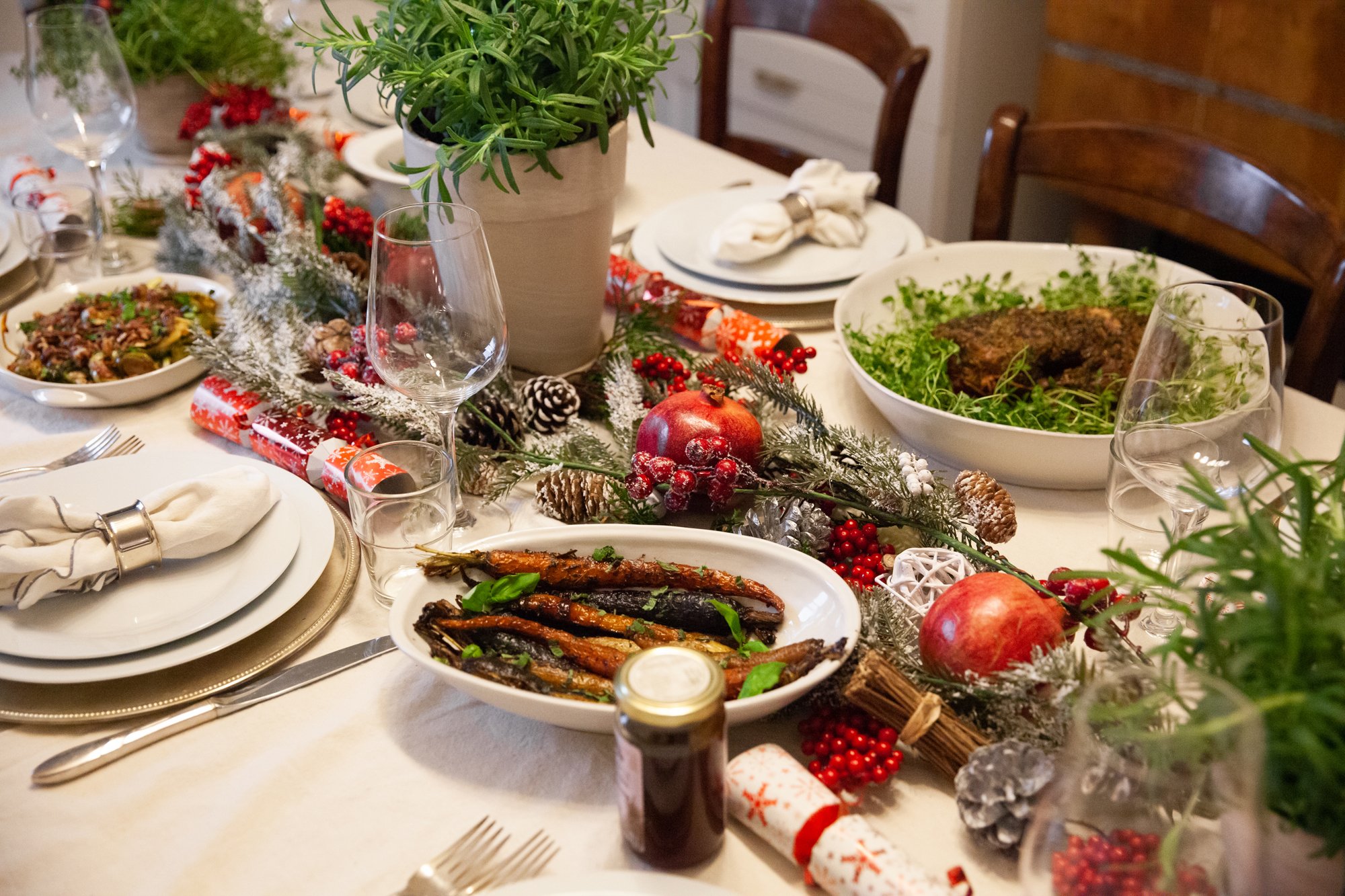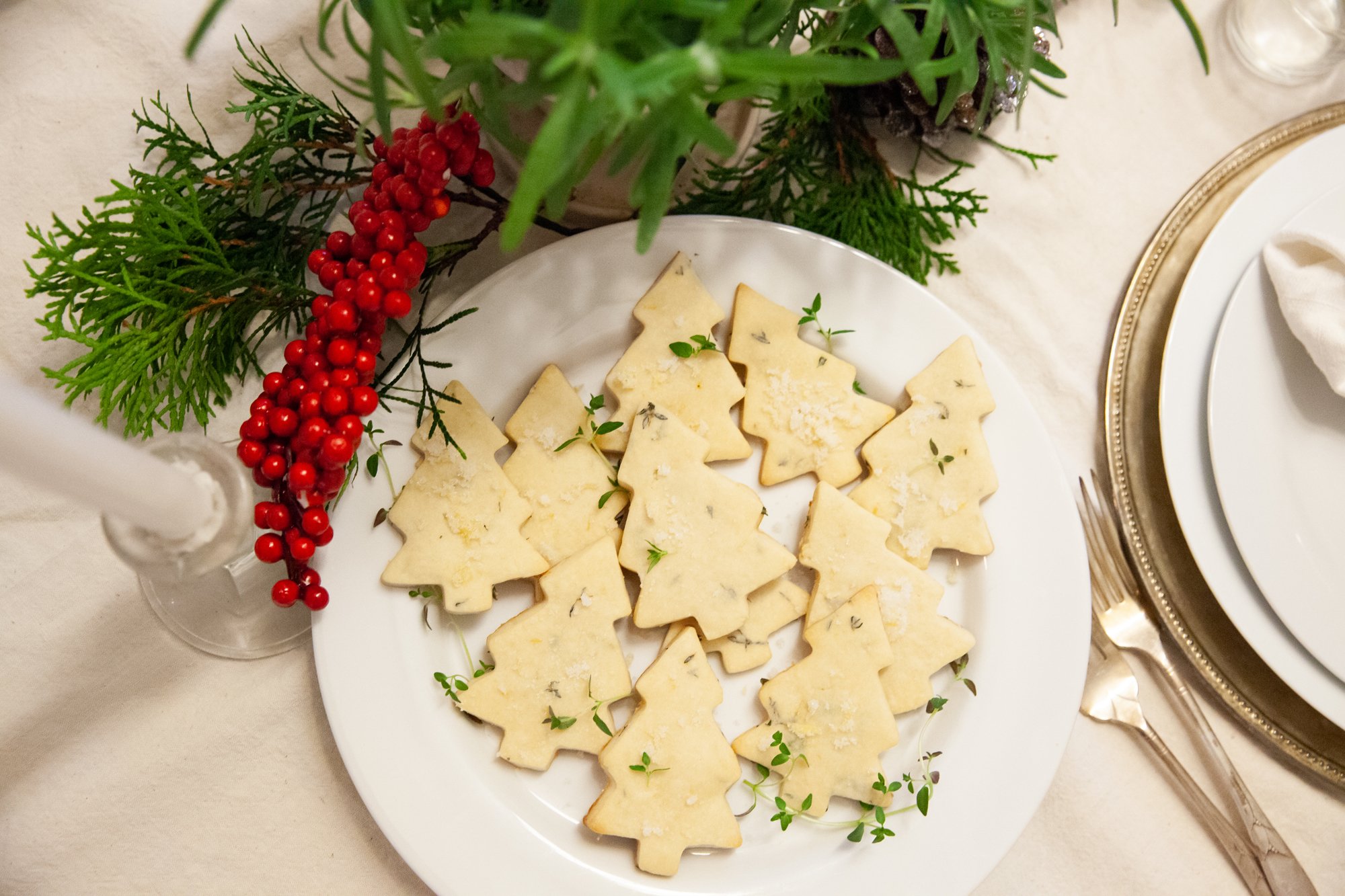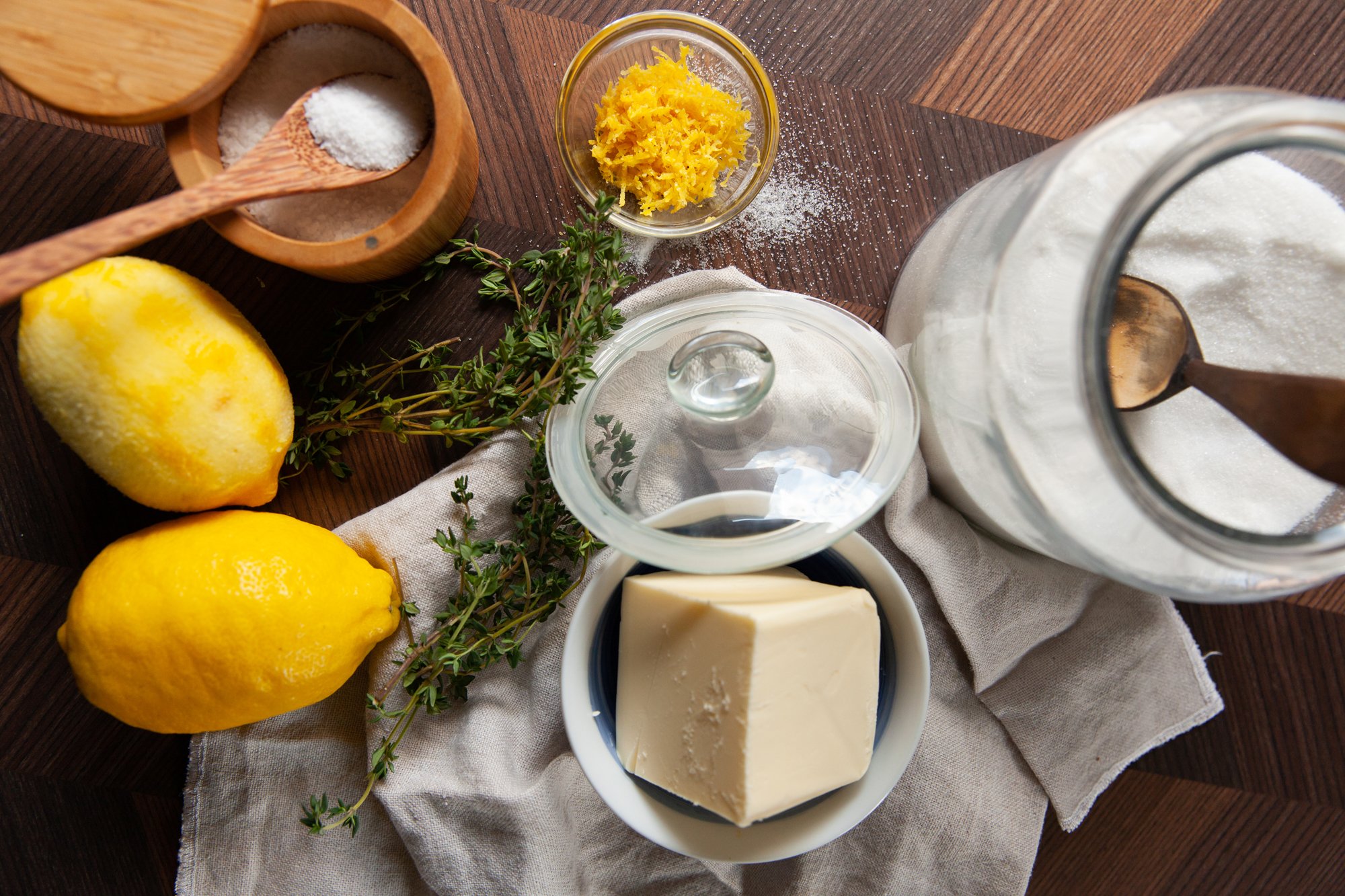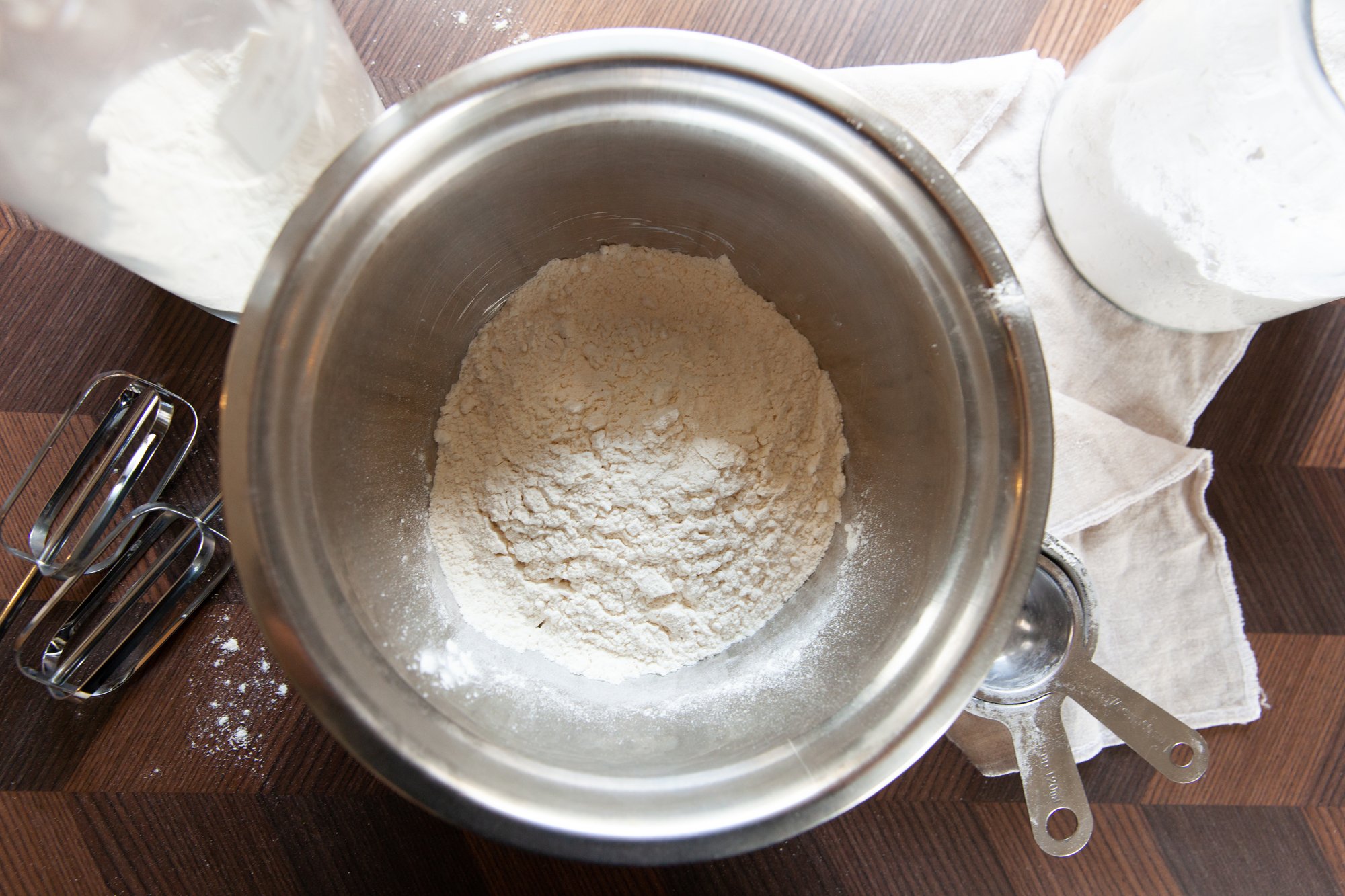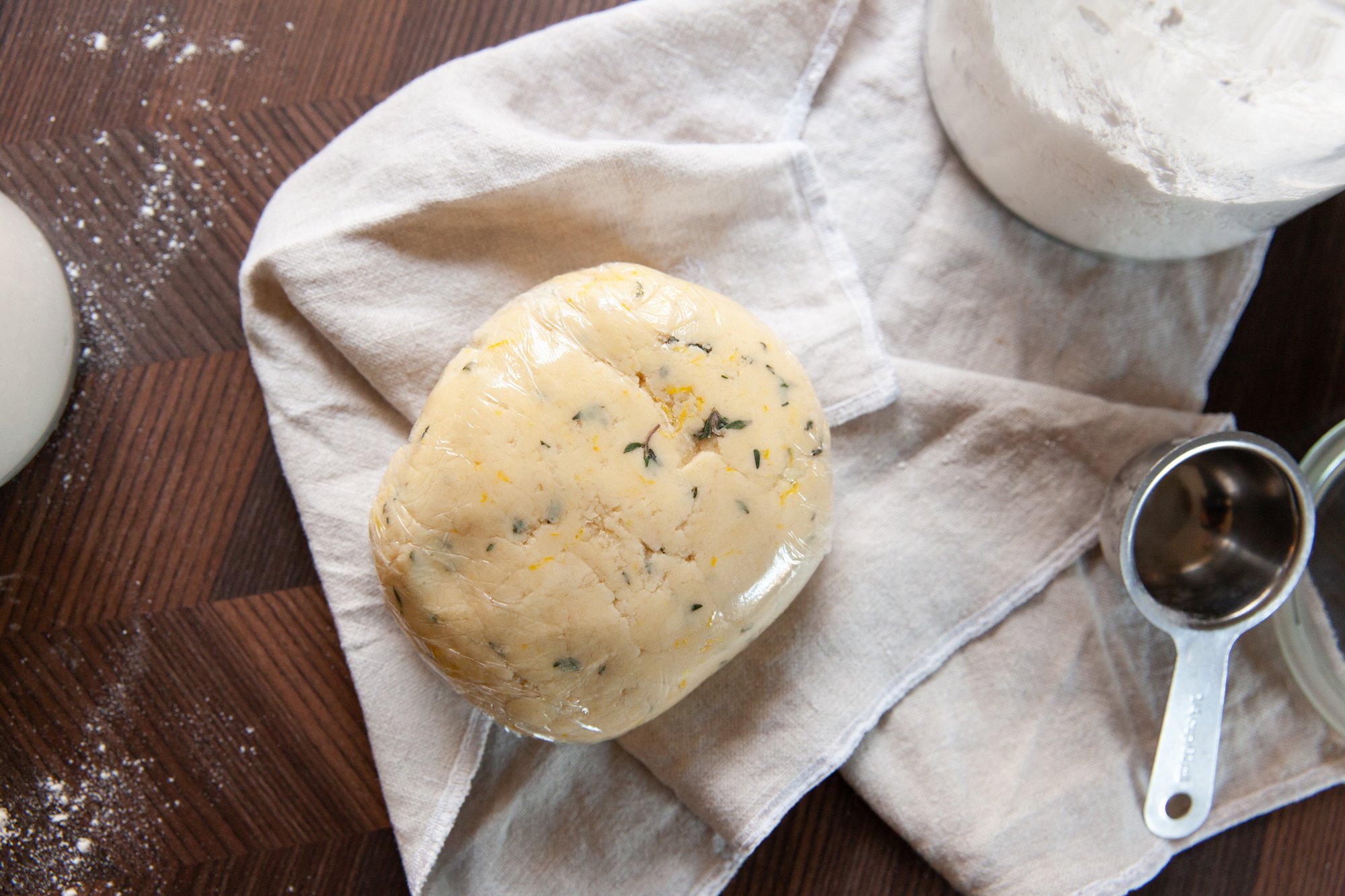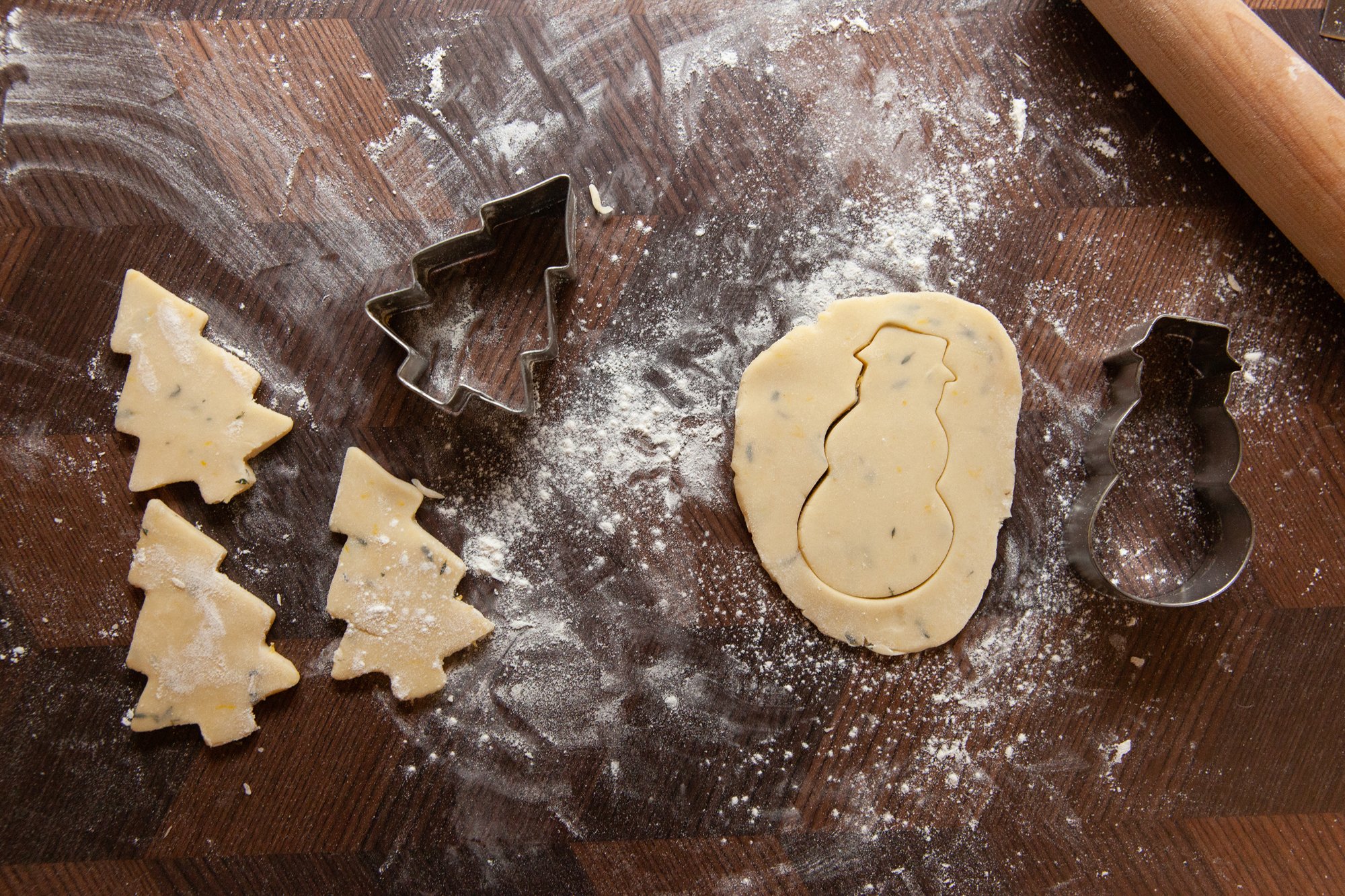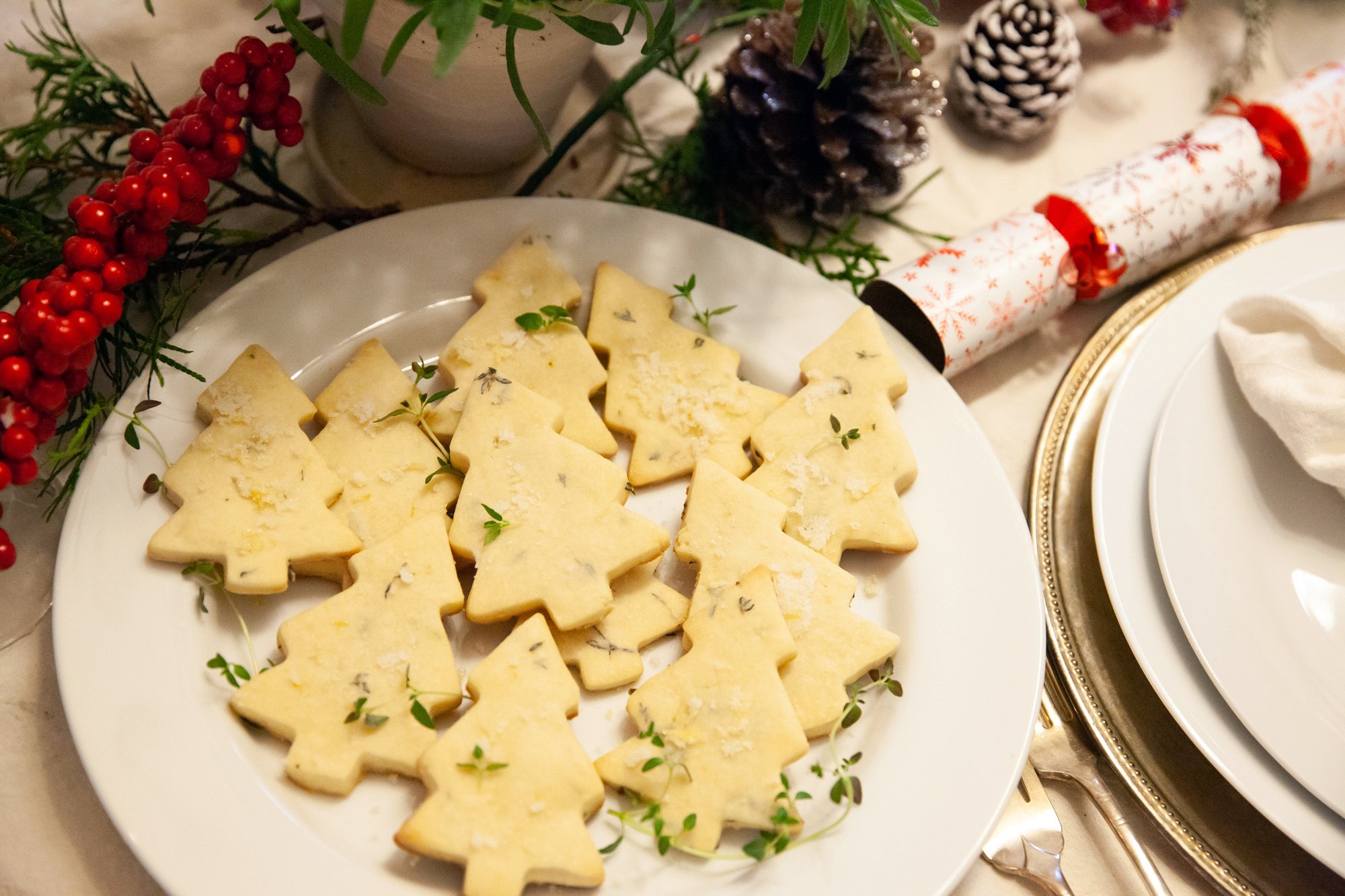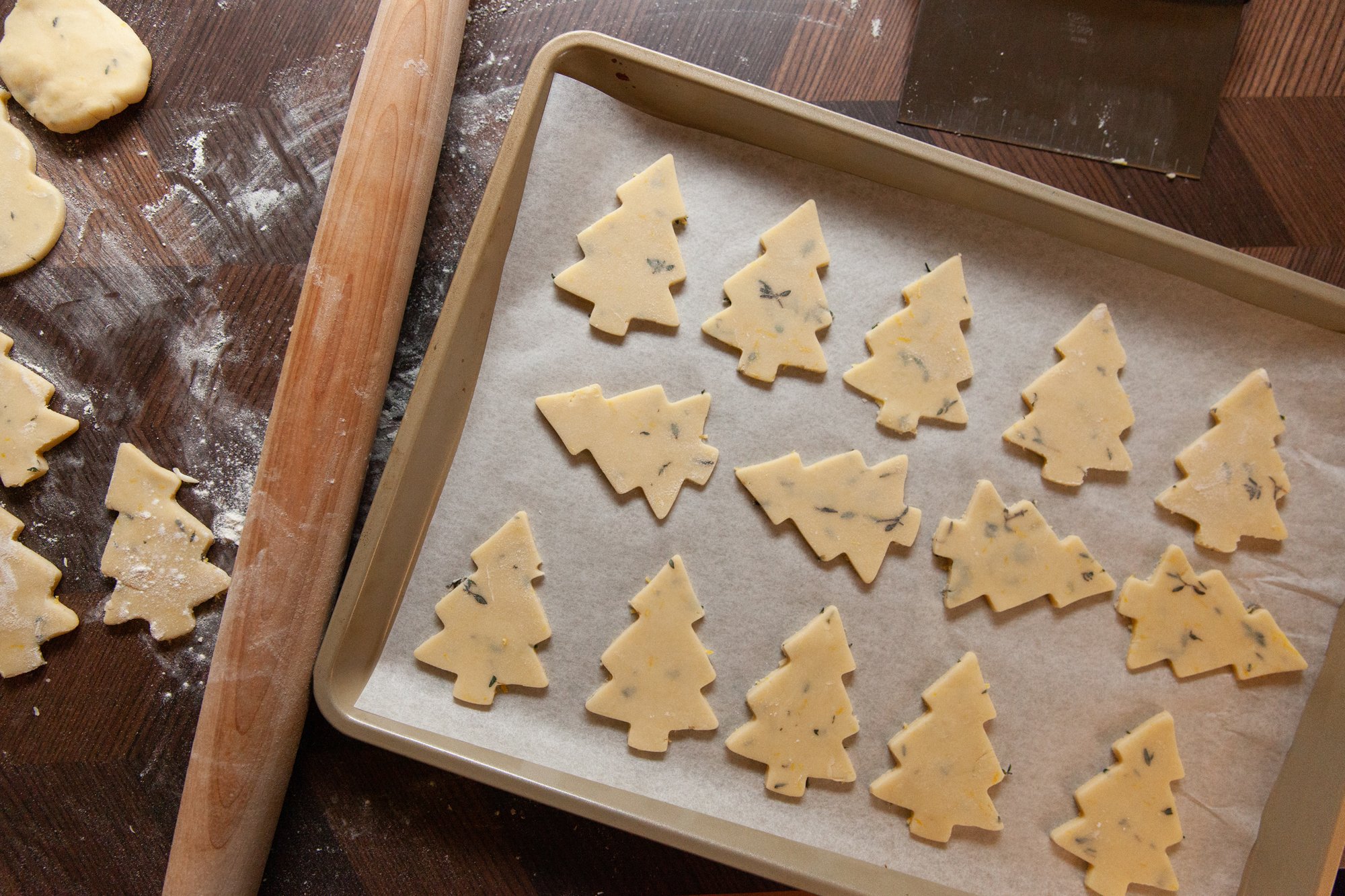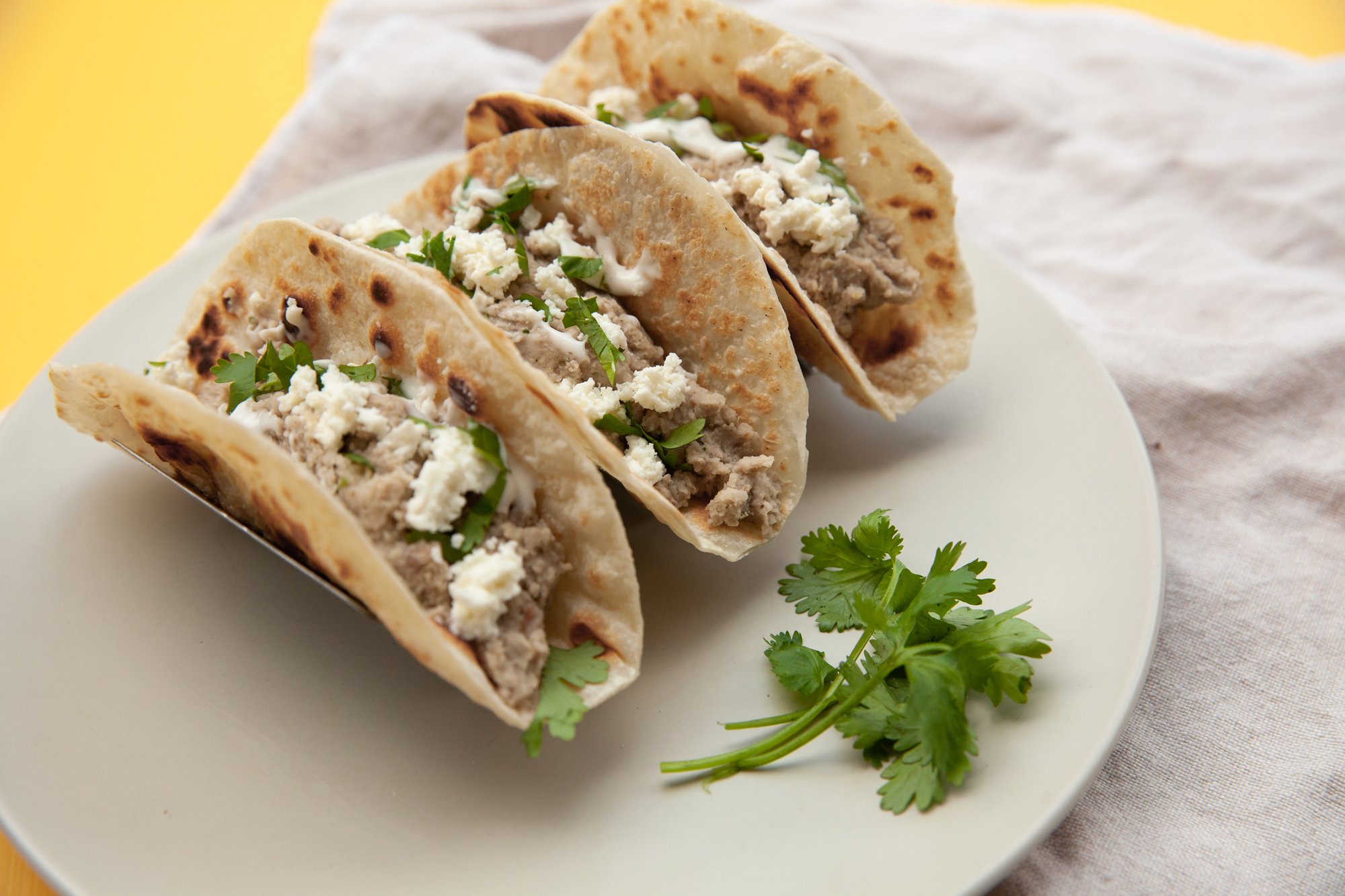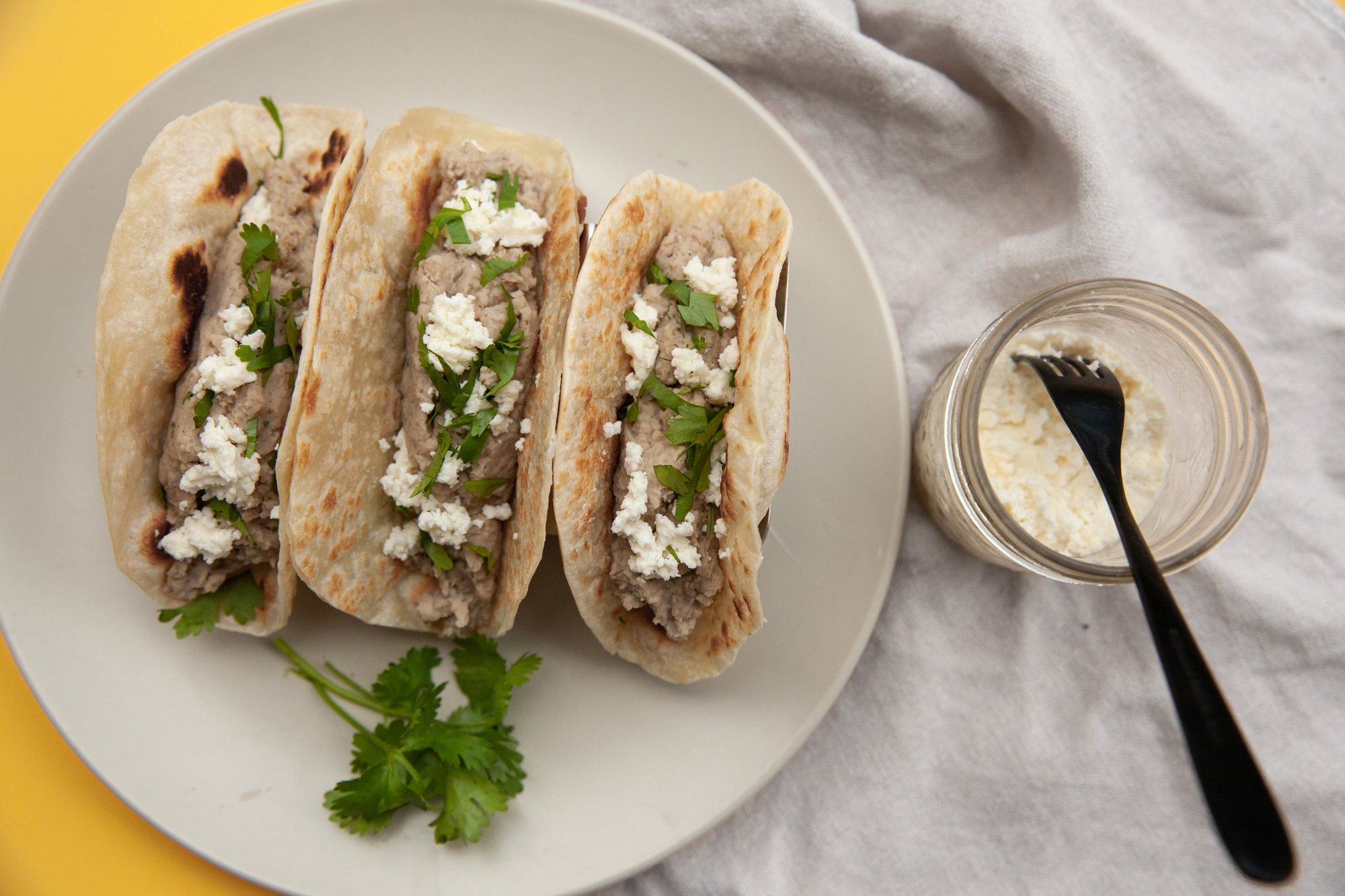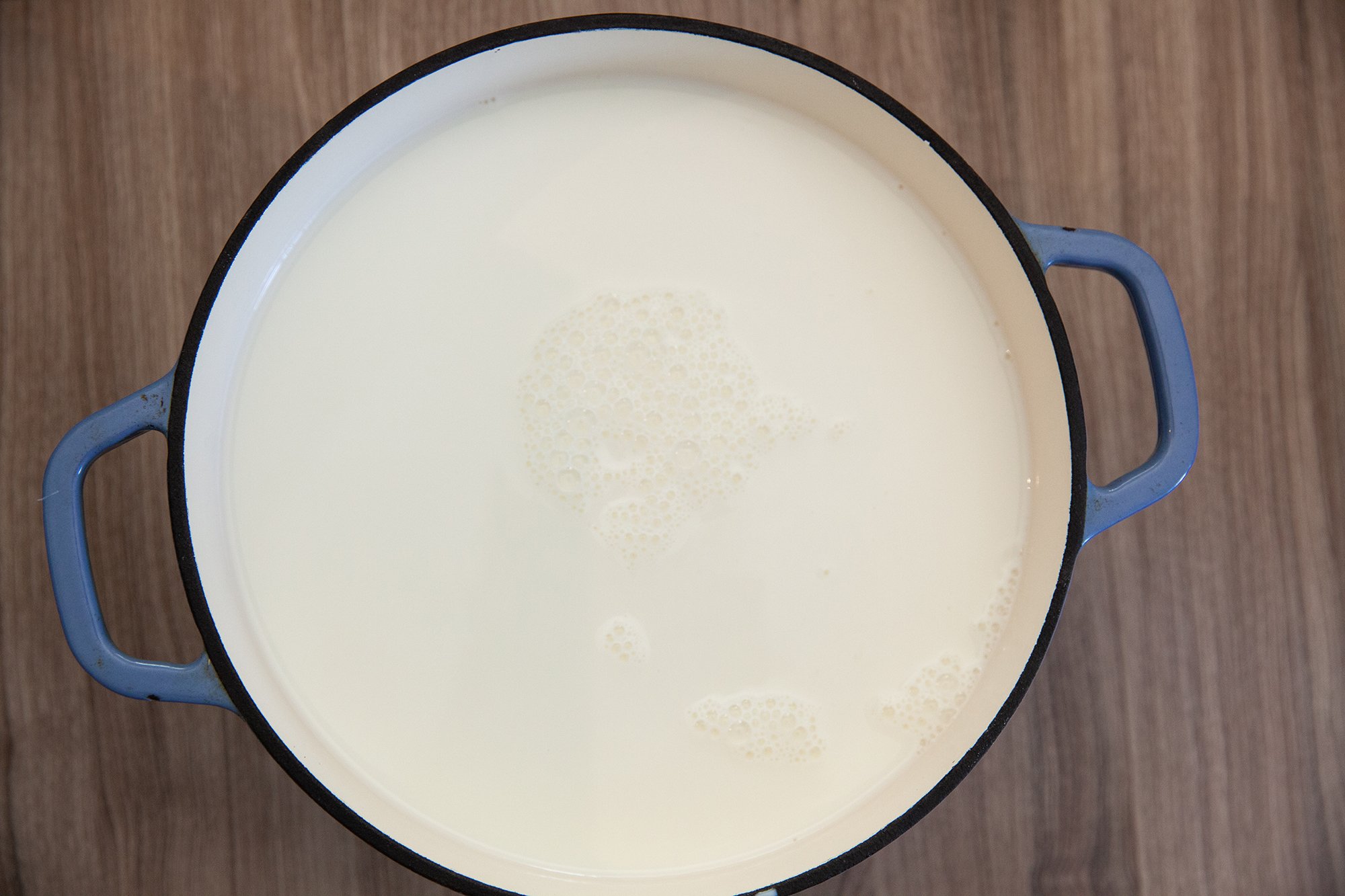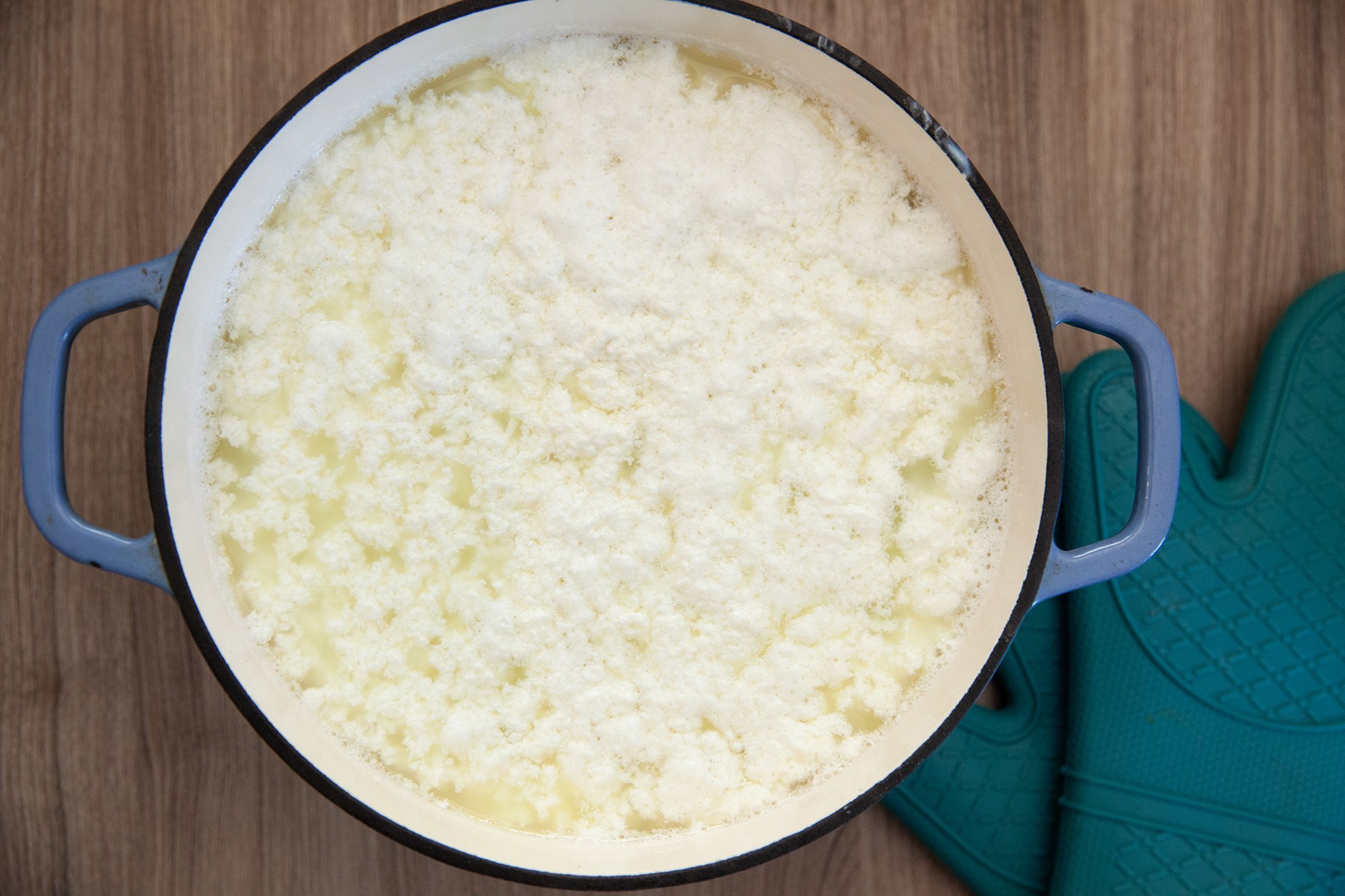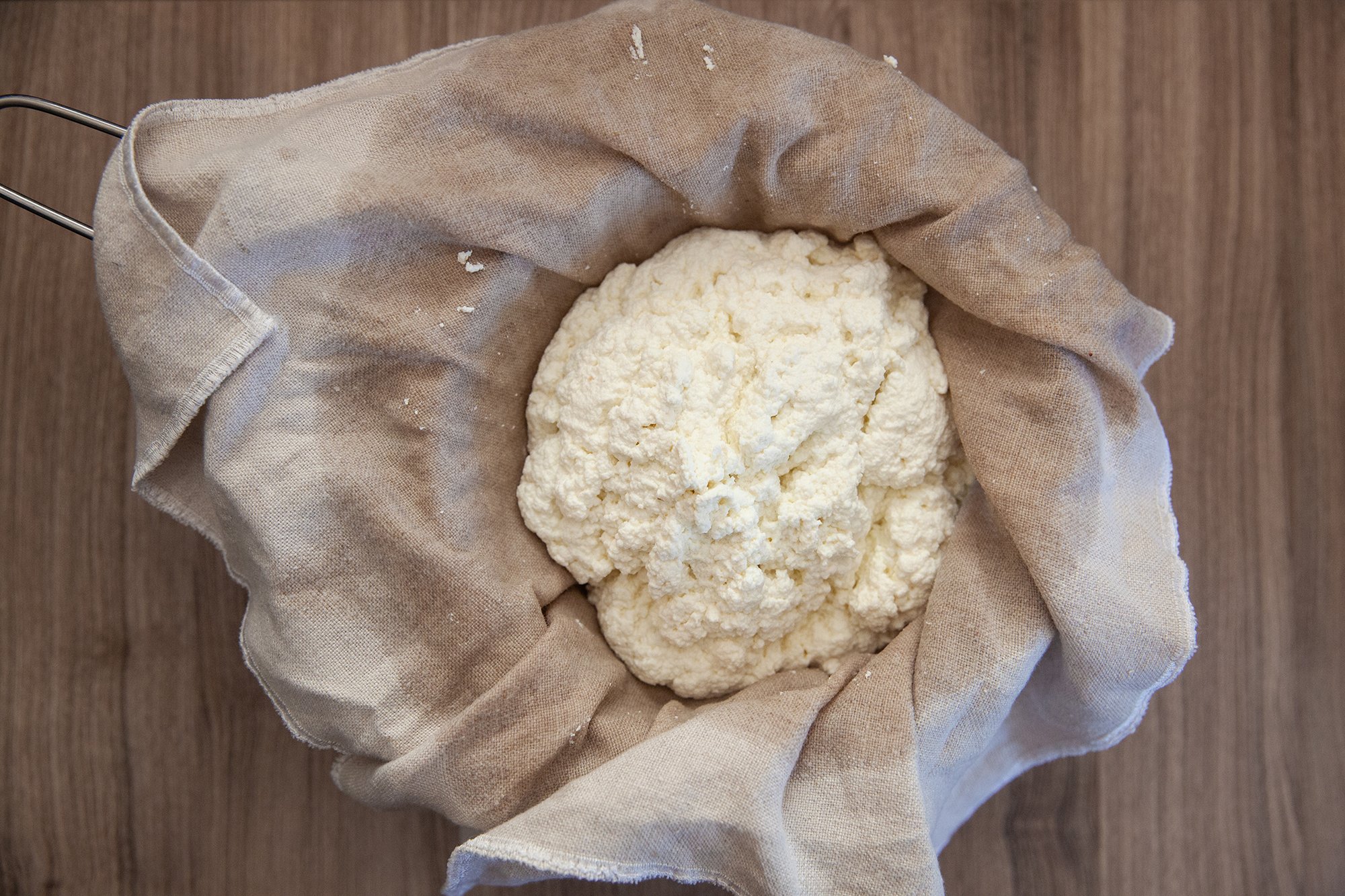

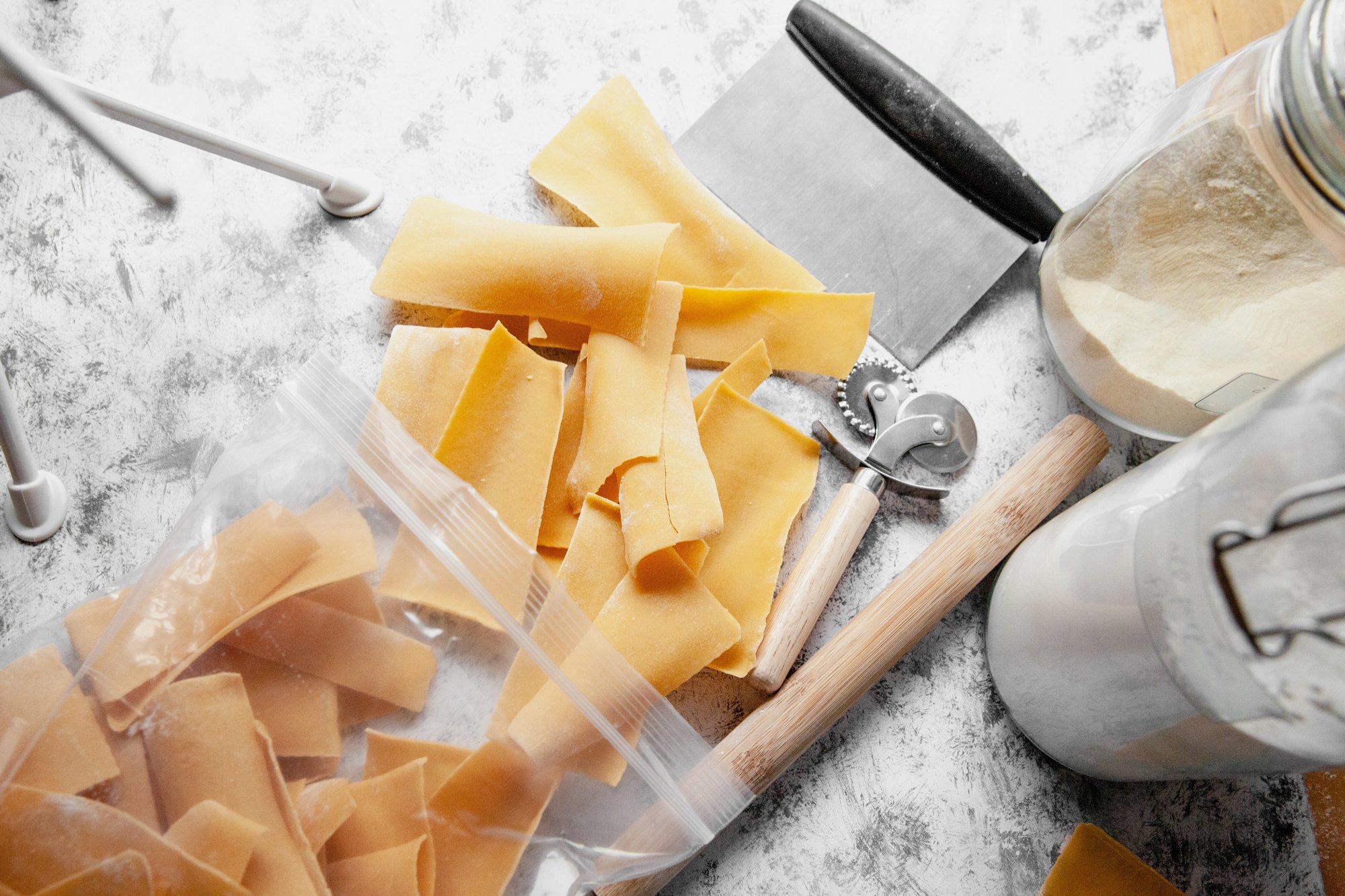
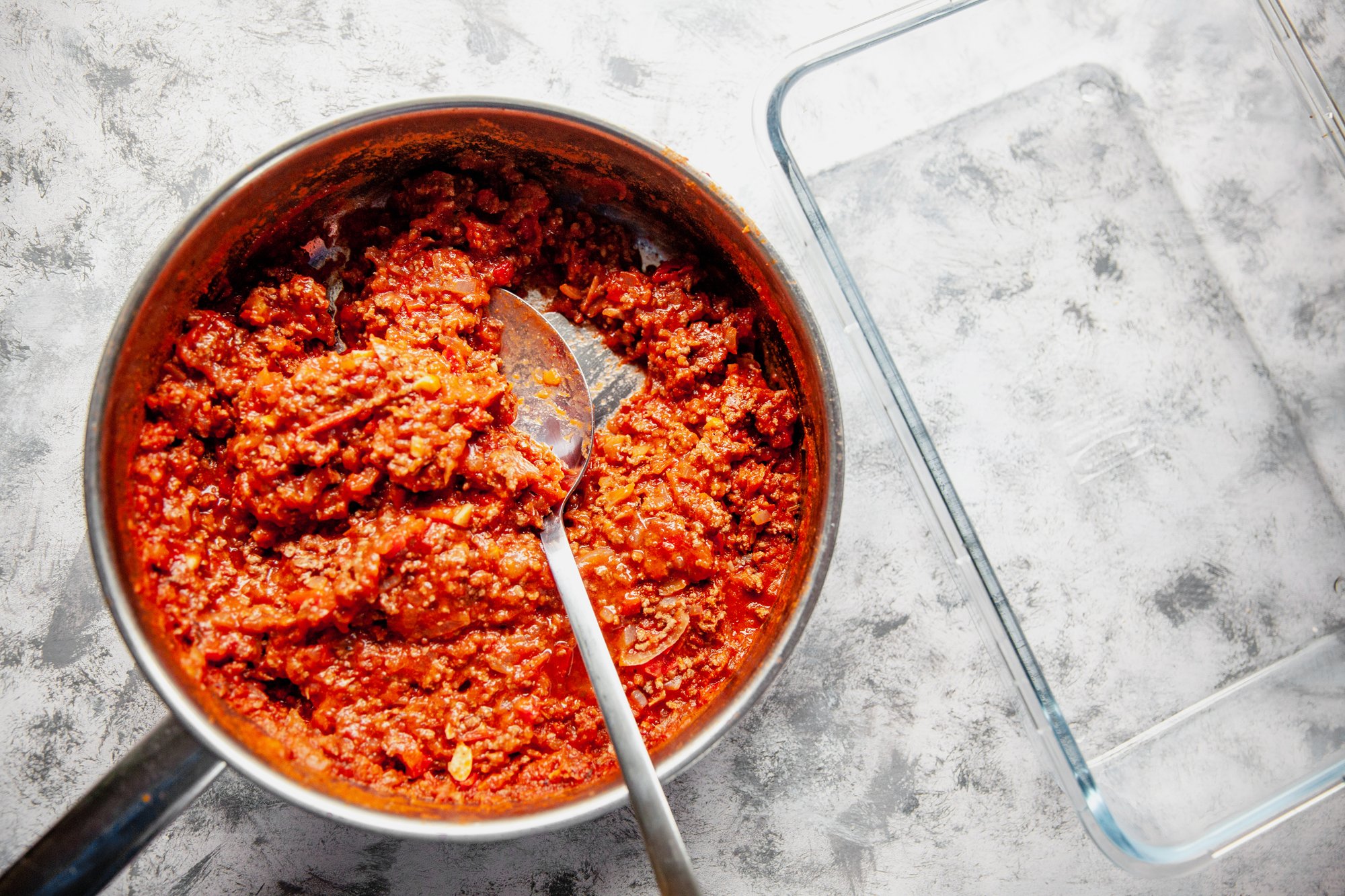
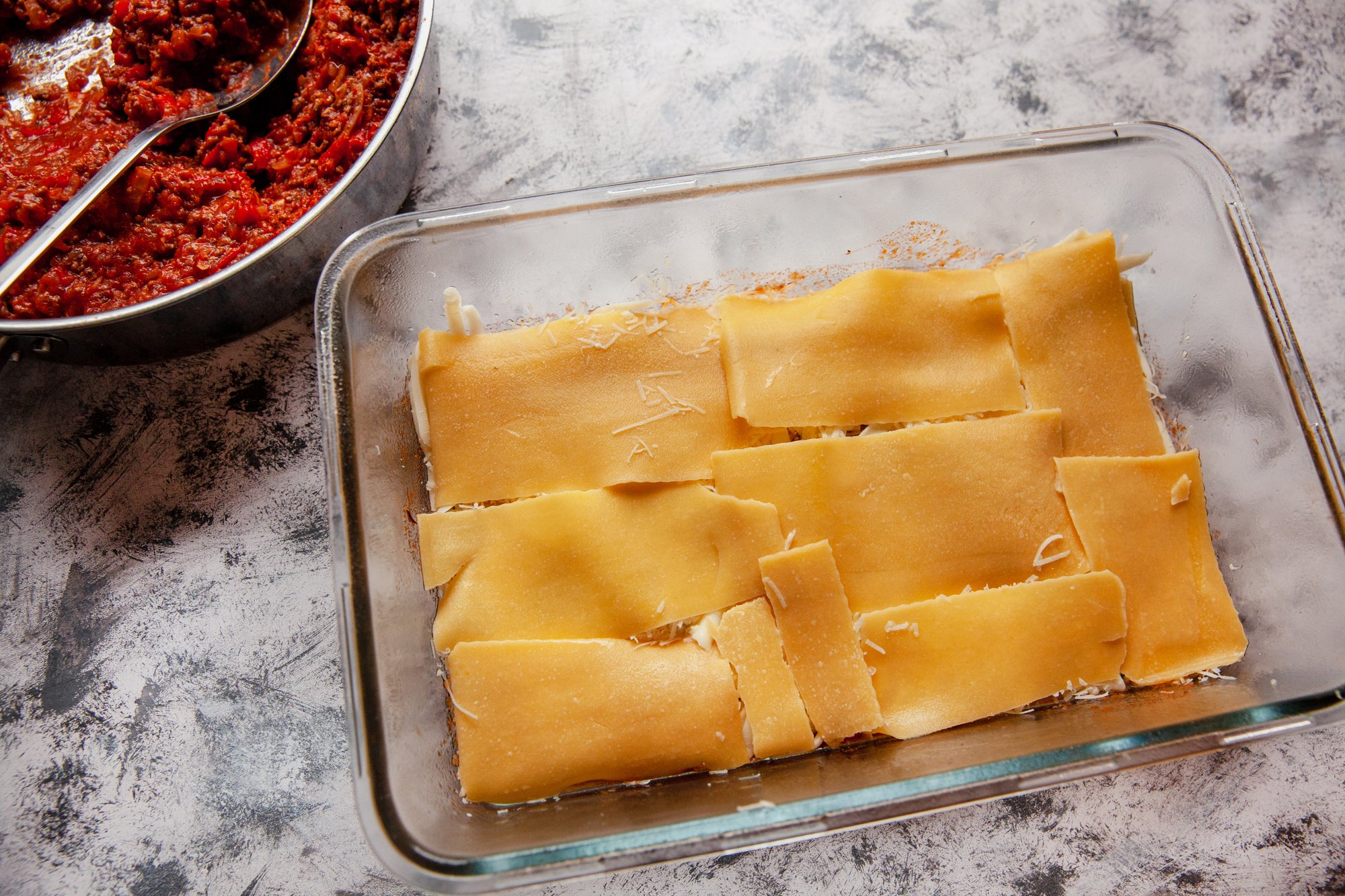


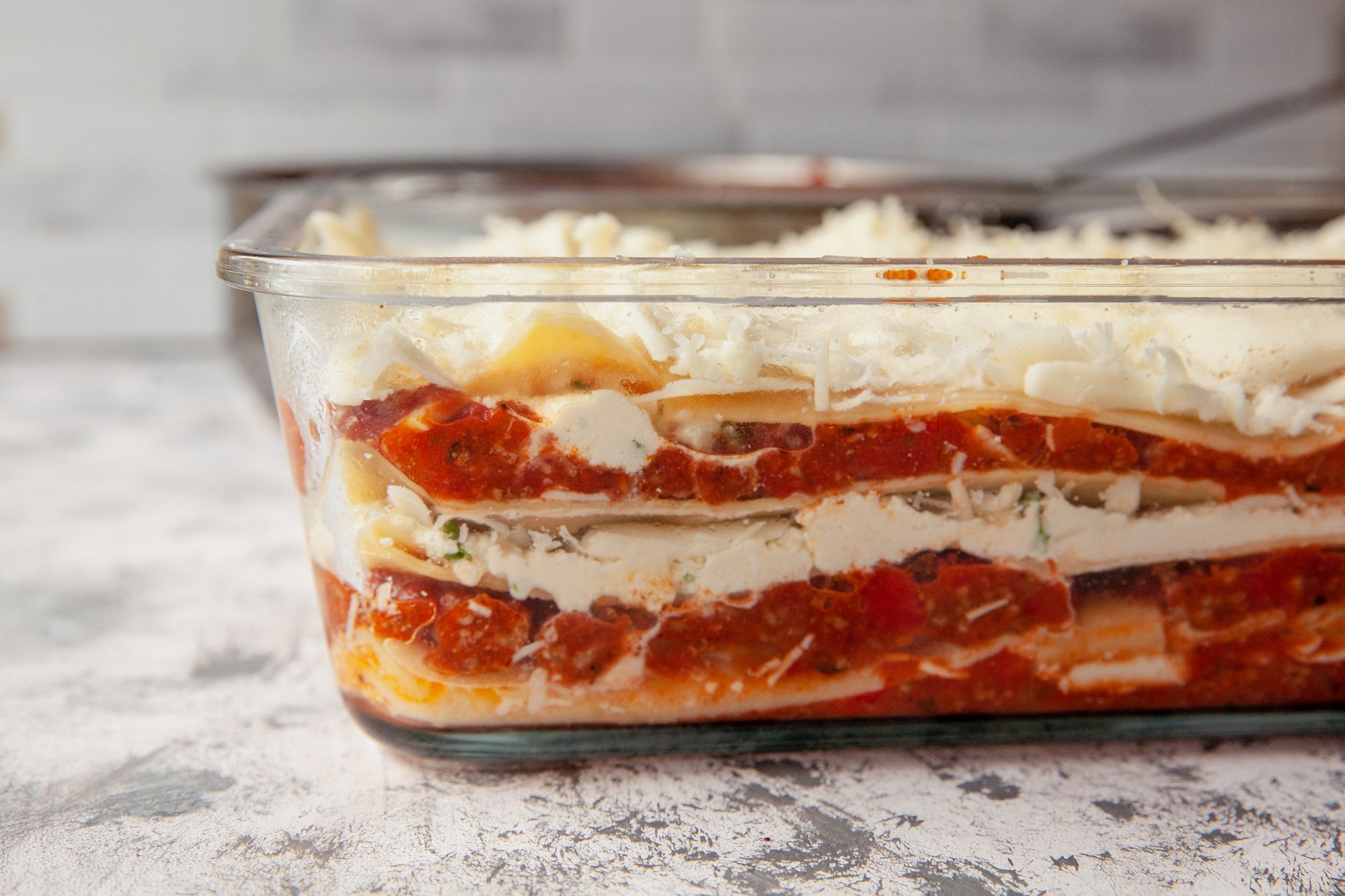

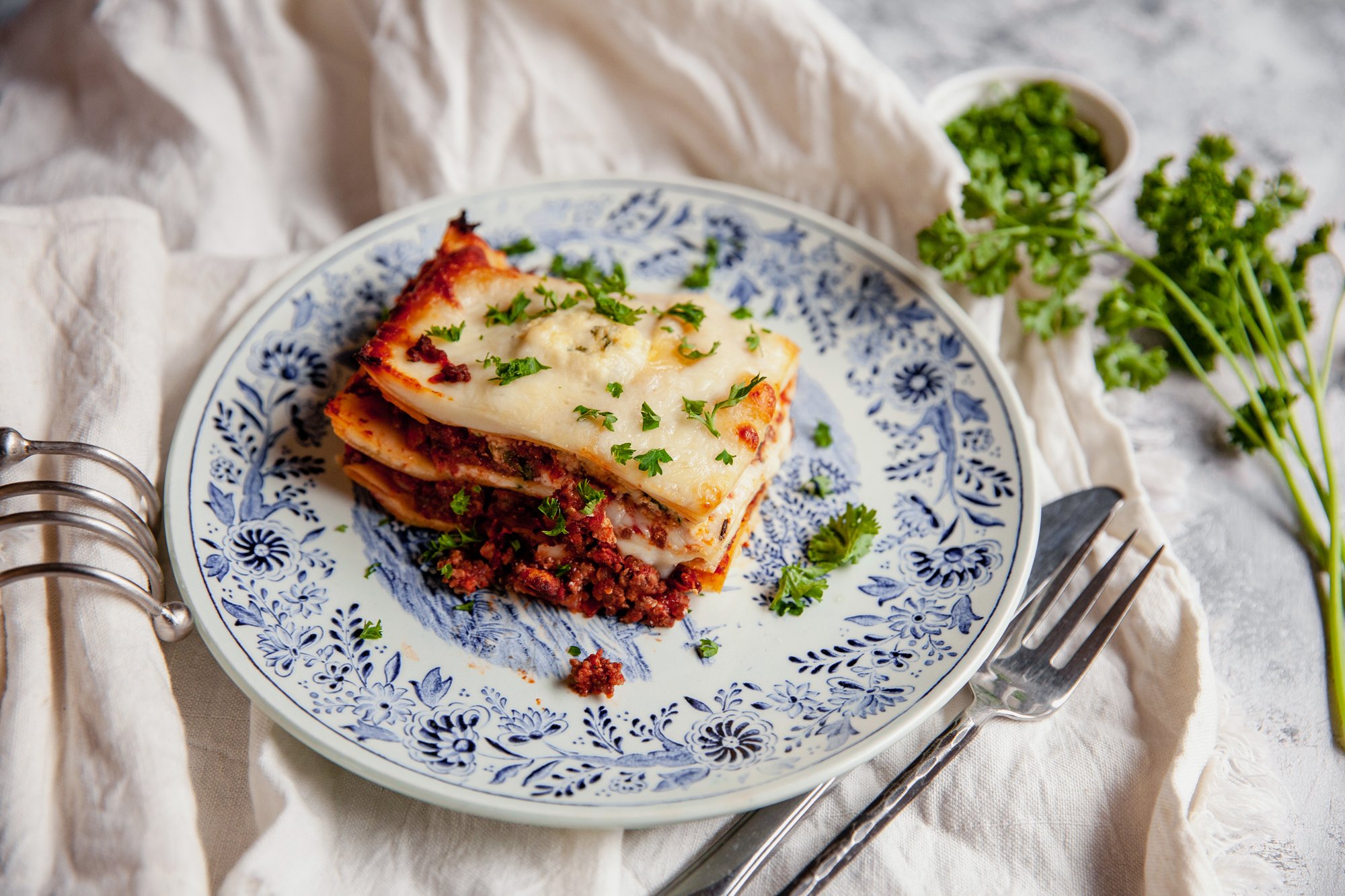
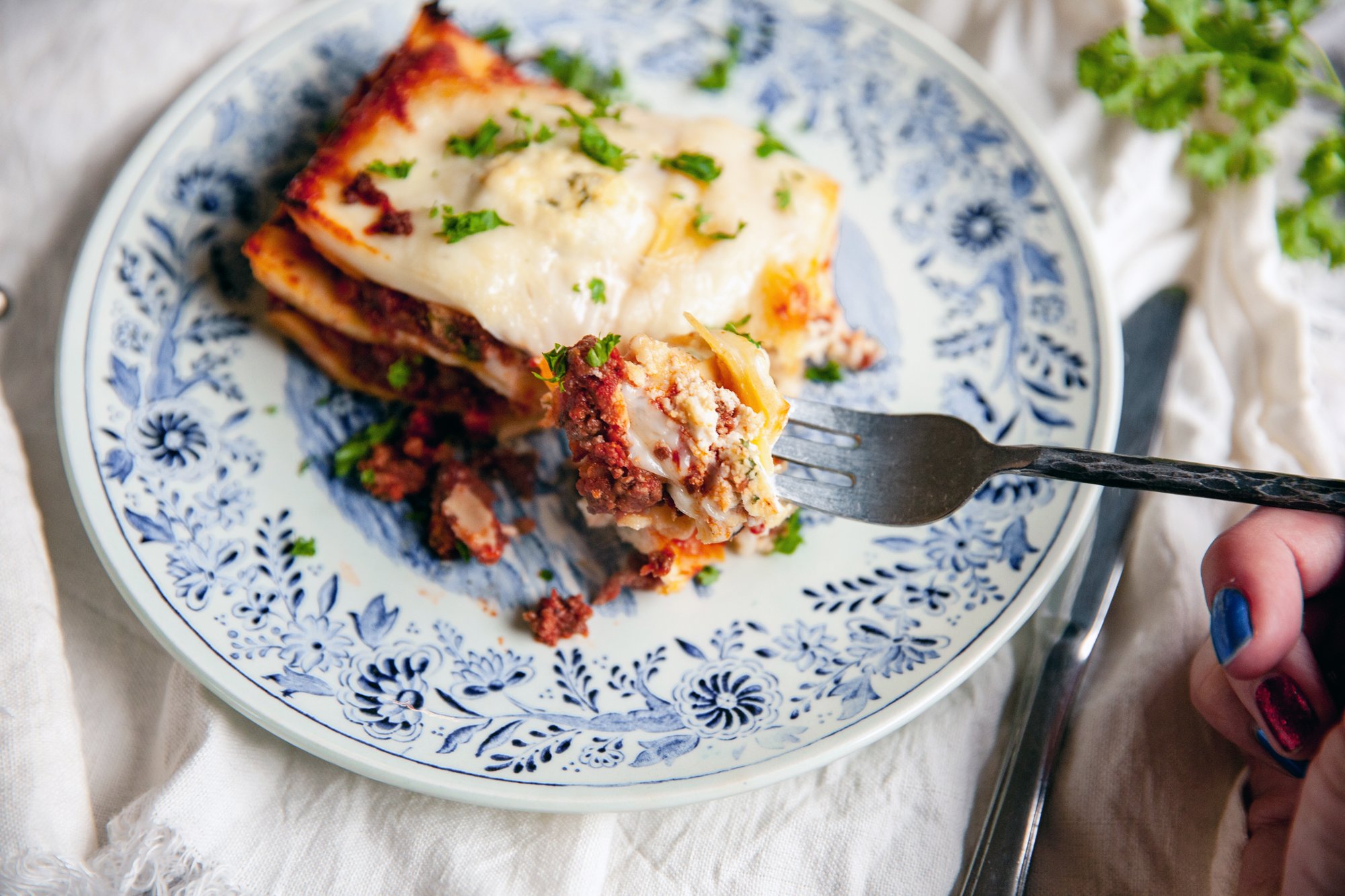
Lasagna
for BC Living
March 2023
Last year I posted a recipe on how to make homemade pasta (click here), and now you can put it to good use by creating a lasagna all the way from scratch.
This recipe is for a large, full-sized lasagna, but you can cut it in half, or separate it into two, cook one, and freeze the other. Plus, you can eliminate the meat, add spinach, or anything else you’d like – this is just a base for your basic (but extremely tasty and worth it) lasagna from scratch.
INGREDIENTS
To make your pasta from scratch, follow the instructions here, and cut your pasta into lasagna noodles!
- 1lb ground beef (or your choice of meat)
- 1 onion, finely diced
- 4 or 5 cloves garlic, minced
- 796mL San Marzano tomatoes
- 1 tbsp tomato paste (optional)
- Italian seasoning
- salt and pepper
-4 75g ricotta cheese
- 1 eggs
- approx. 2 cups mozzarella, shredded,
- approx. 1.5 cups grated Parmesan
- salt & pepper
- dried basil approx. 2 tsp
- fresh parsley for topping
INSTRUCTIONS
To make your pasta from scratch, follow the instructions here, and cut your pasta into lasagna noodles!
For lasagna noodles it’s best to roll them on the thinnest setting, so you can layer more into the dish.
For the meat sauce, brown the beef in a pot or a high-walled pan until browned. Drain the beef, leaving the juices in the pot, and place the beef in a bowl and set aside.
Add the onions to the pan and cook for 5 minutes, and then add the garlic, cooking until the onion are soft and transparent.
Add the tomato paste and cook for a minute to two until caramelized.
Add in the tomatoes, and bring to a simmer, crushing the tomatoes with your spoon (or whichever utensil works for you), as you go. Cook for about 45-50 minutes, stirring occasionally, and add water if the sauce gets too thick.
While the sauce is cooking, in a bowl, place the ricotta cheese, a cup of the mozzarella and a cup of the parmesan cheese, as well as the egg, salt and pepper, and dried basil, and stir until combined.
To puree your sauce, use an emersion blender (careful with the heat), and then stir in the seasoning, meat and salt and pepper, adjusting the spices to taste.
Cook your pasta until al dente (it will continue to cook when baking, so don’t overdo it), drain and reserve.
In your lasagna dish (or dishes if using two), place a layer of the meat sauce, and then cover with lasagna noodles. Add a layer of the cheese sauce, and then another layer of lasagna noodles.
Continue this pattern until you’ve used all of your cheese, but finish with a layer of sauce, and then top with the remaining cup of mozzarella cheese, and parmesan.
You can cover and refrigerate the lasagna (or freeze from here – it's best to freeze it uncooked), until ready to cook.
Preheat the oven to 375, and when ready, cover the lasagna with tin foil, and cook for 25 minutes, and then remove the foil and cook for about 20 more. You may need a little more time if it’s coming straight from the fridge.
If you’d like the top cheese a little more melted and browned, bake it under the broiler for a few minutes, watching it carefully.
Let cool for 10 minutes and then divide and serve with chopped parsley, grated parmesan and some fresh cracked pepper sprinkled on top.
ENJOY!




